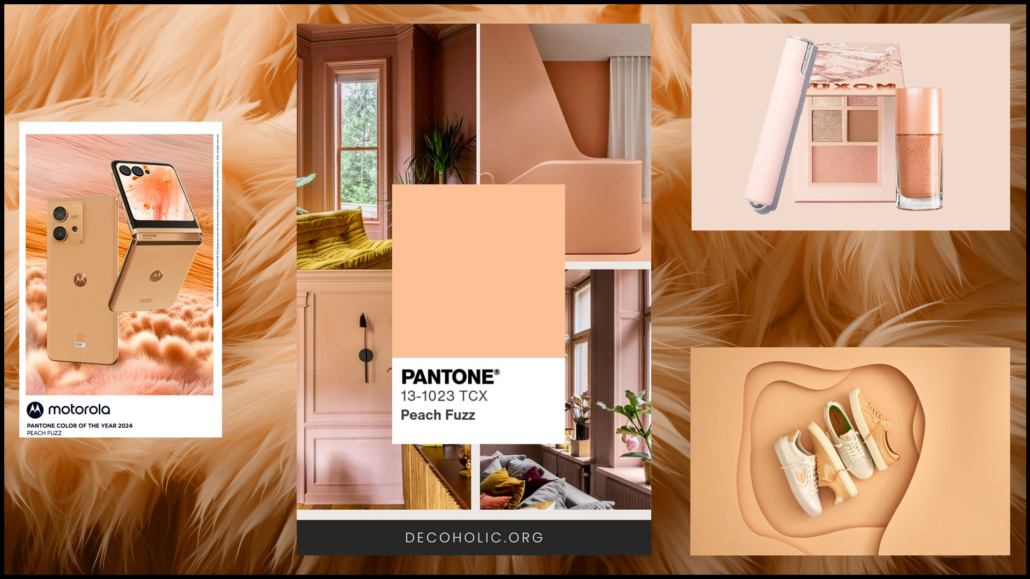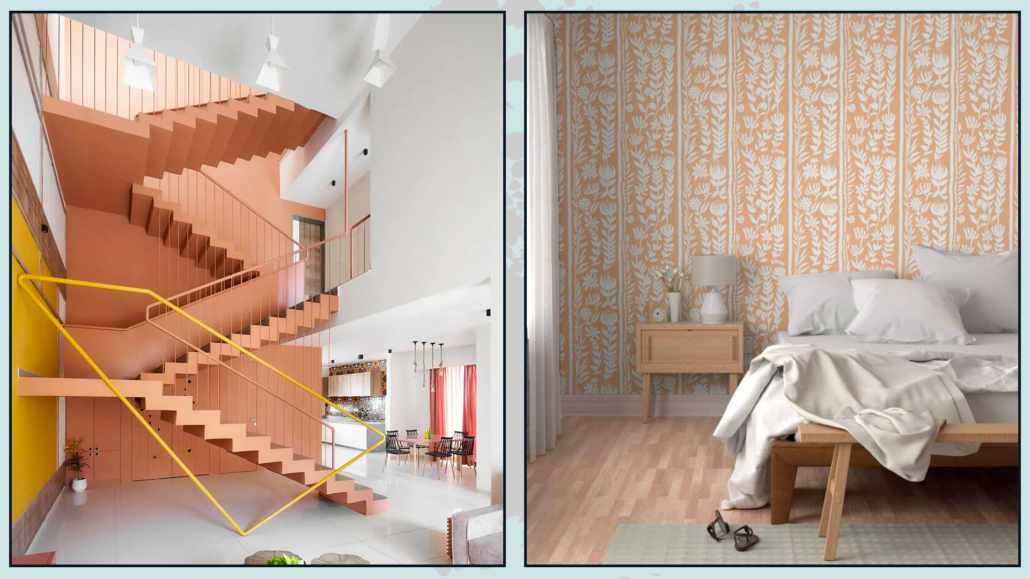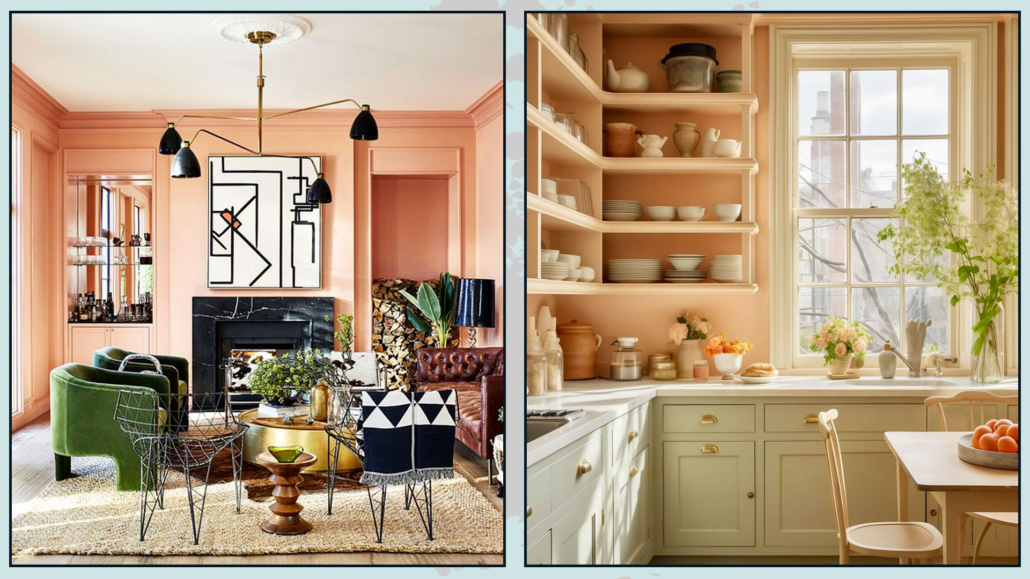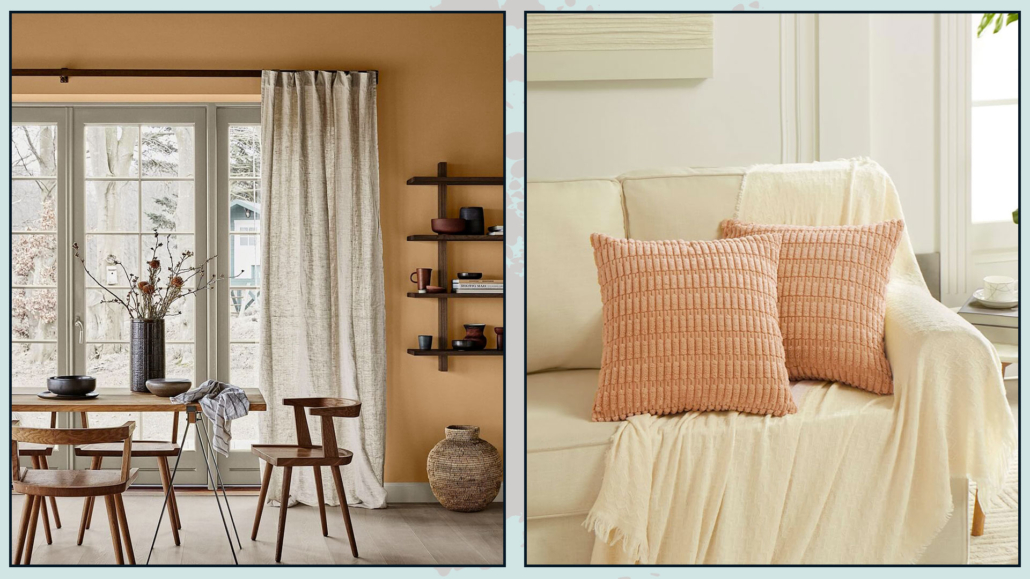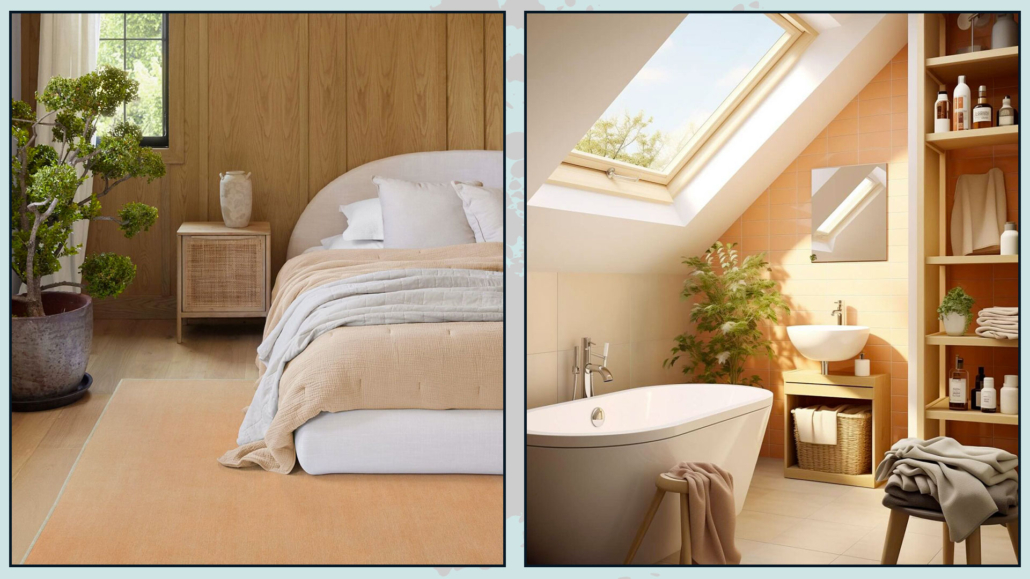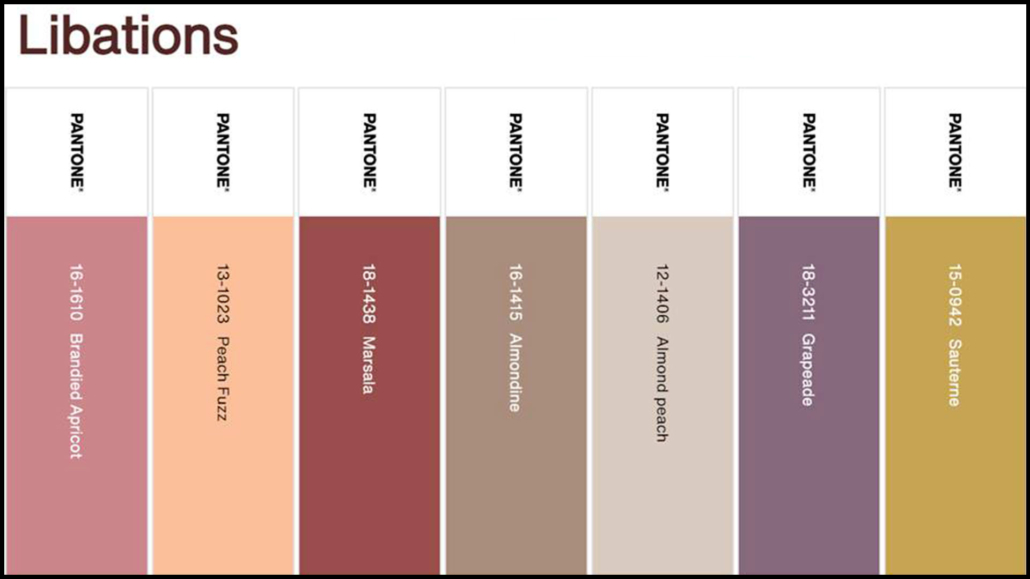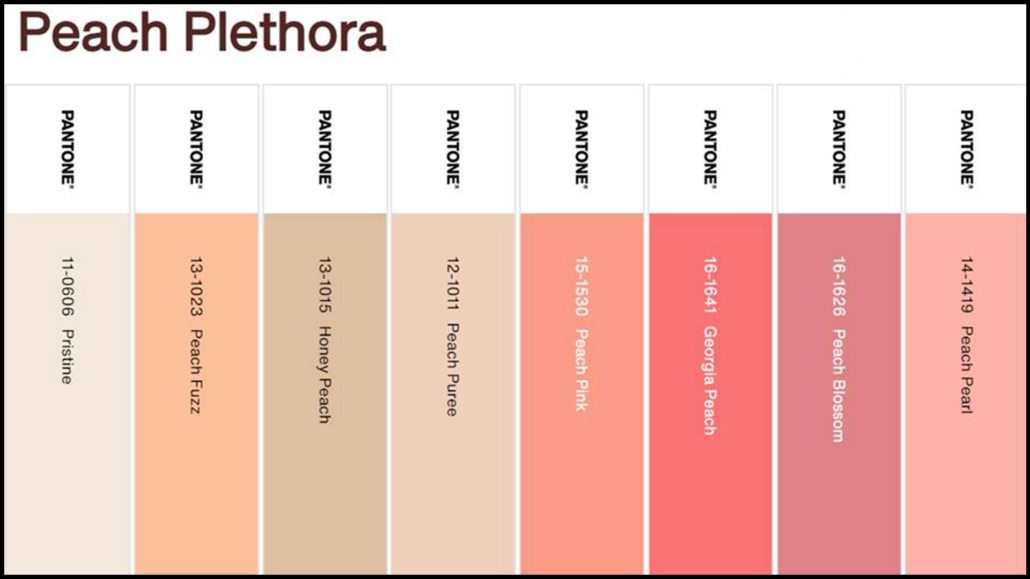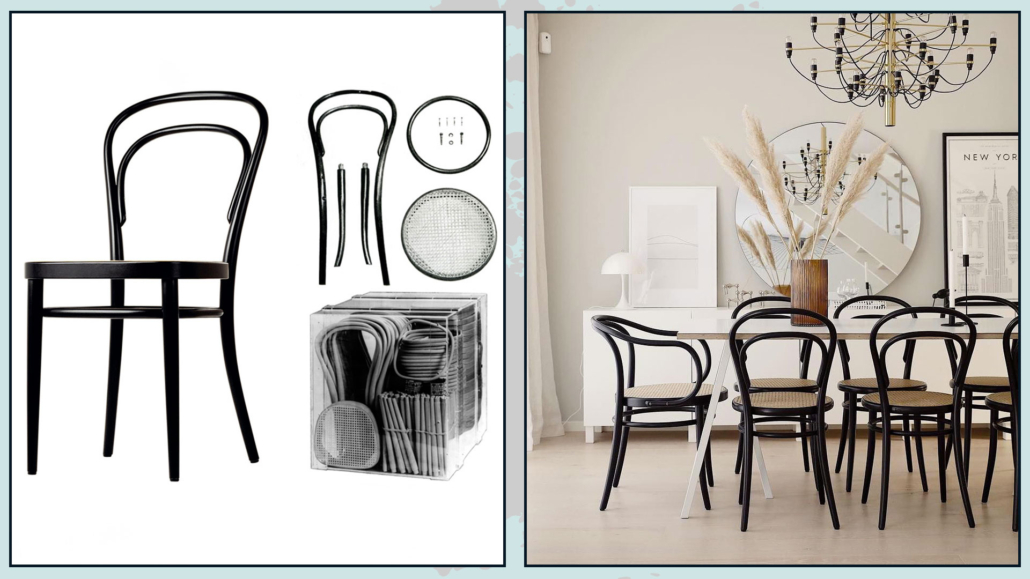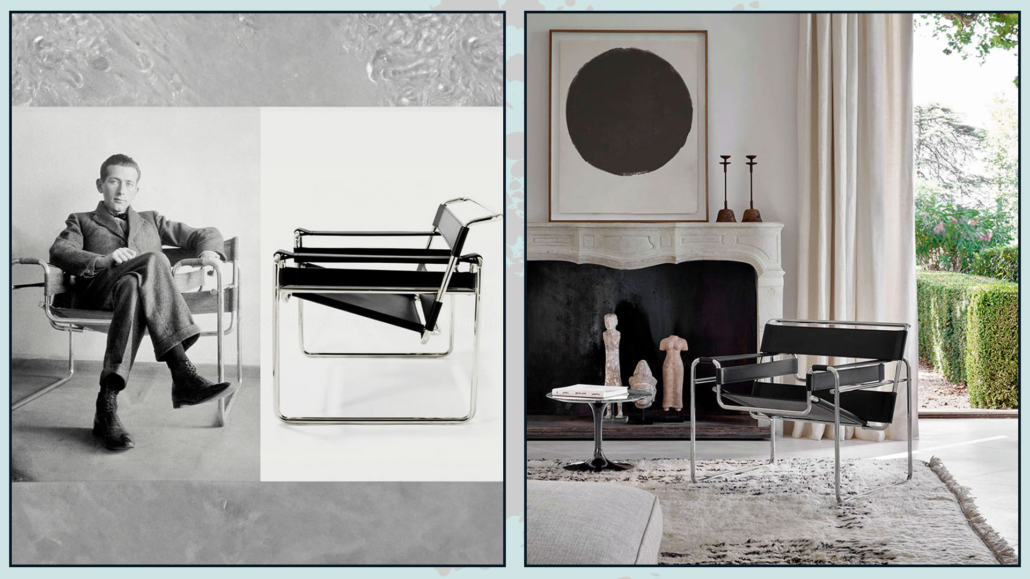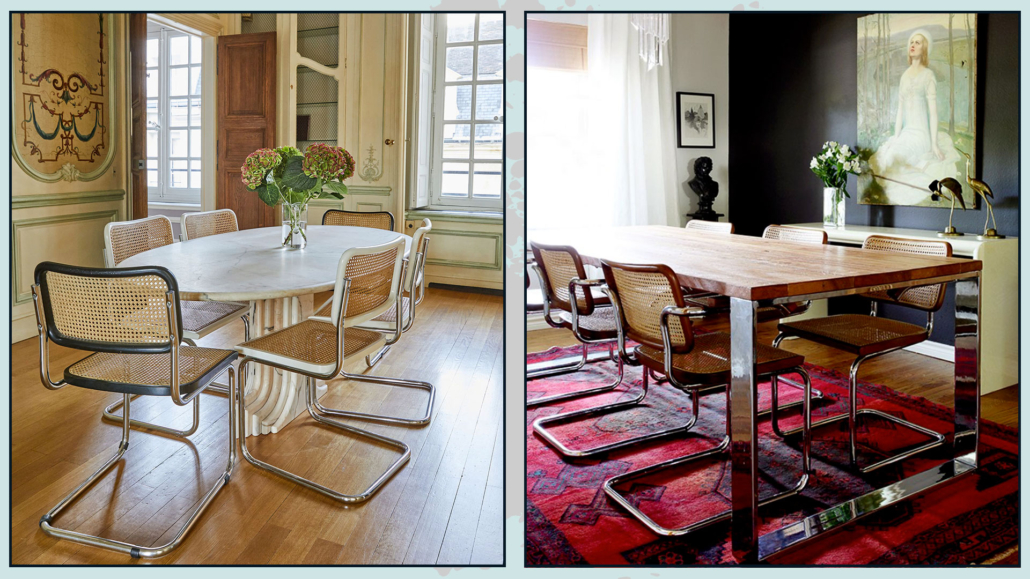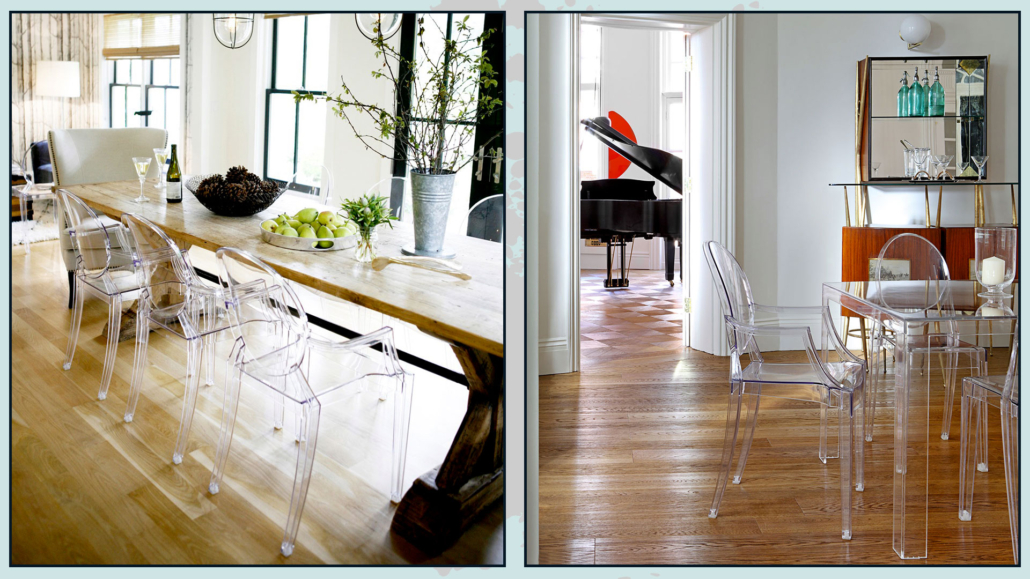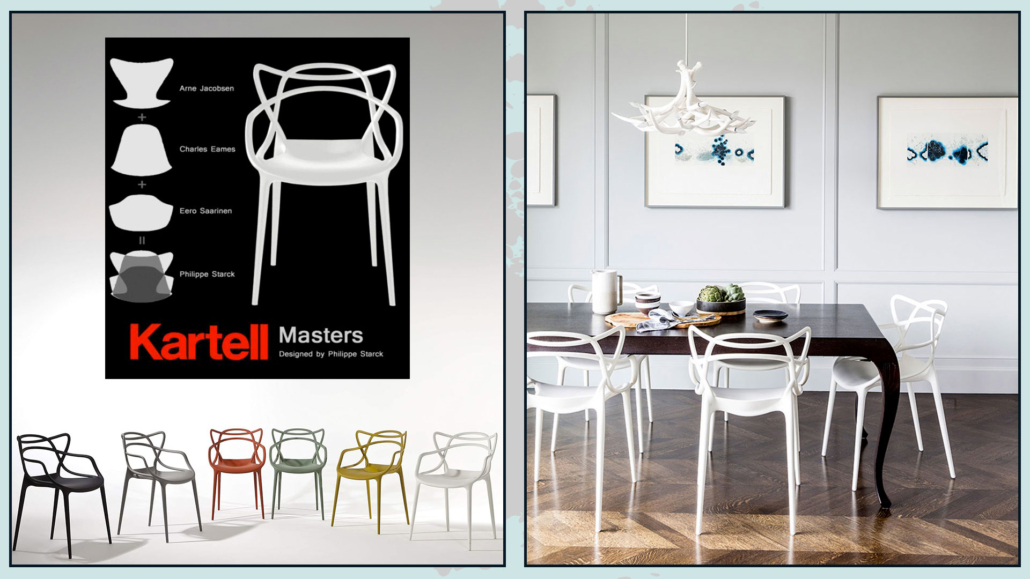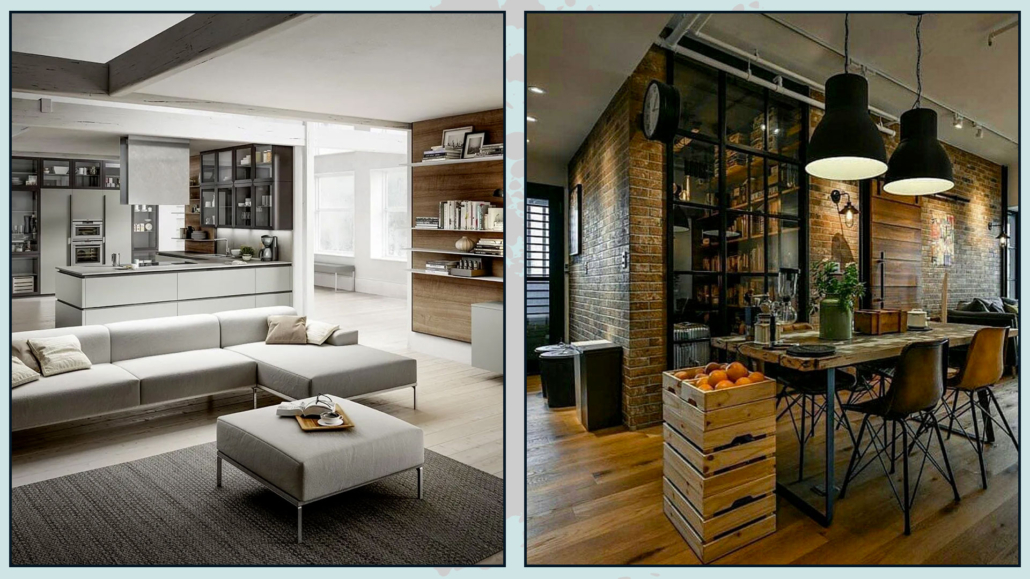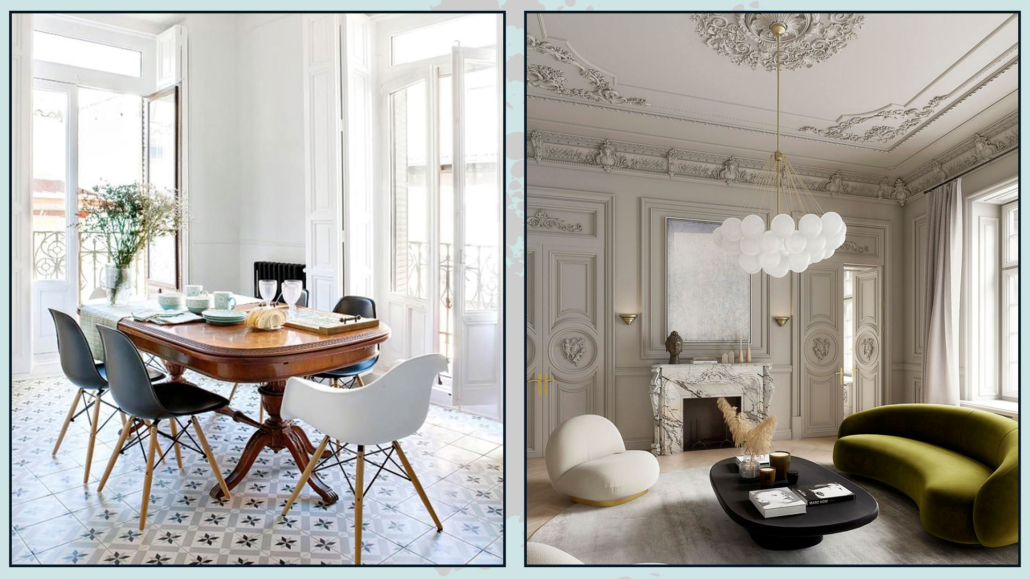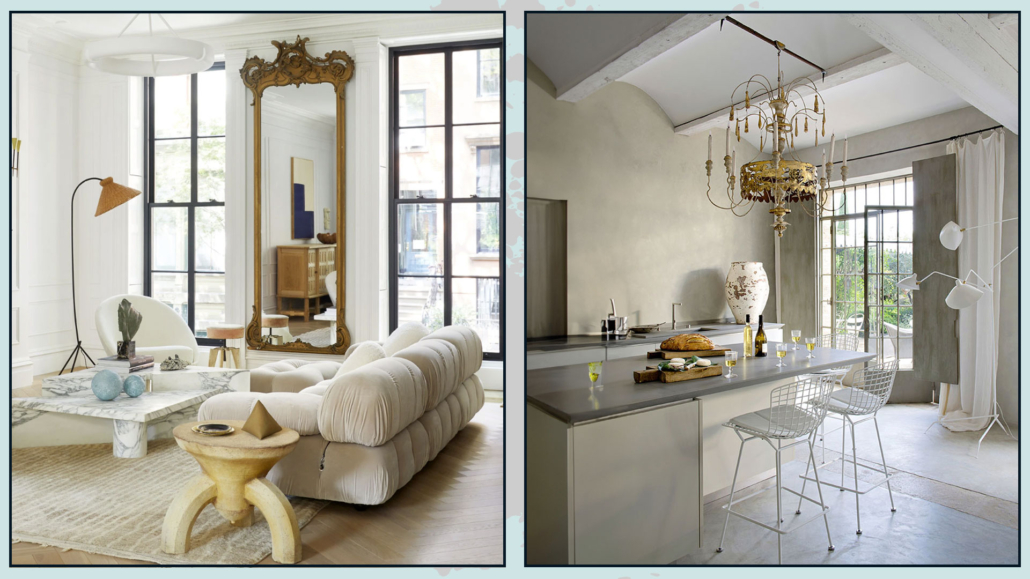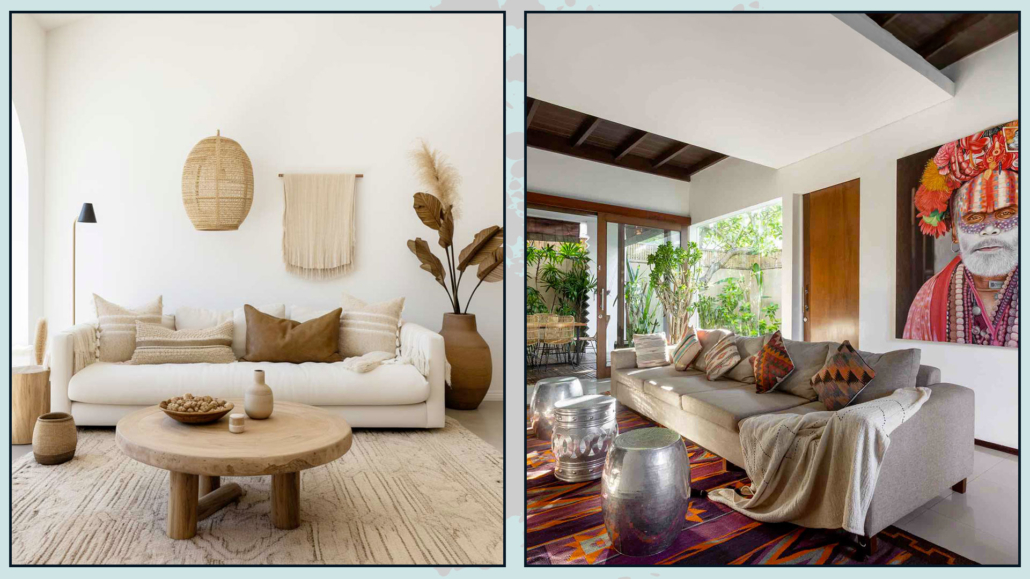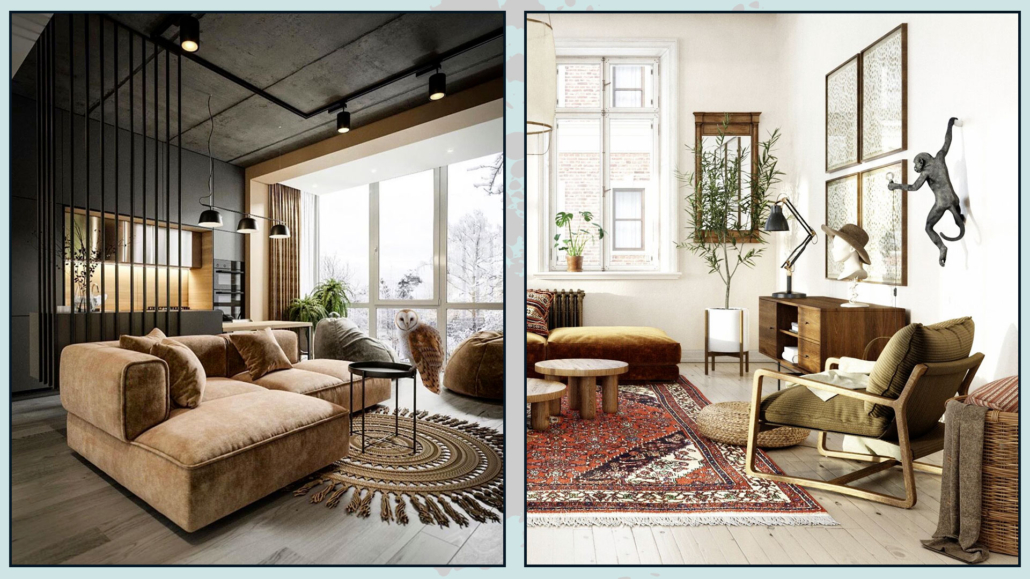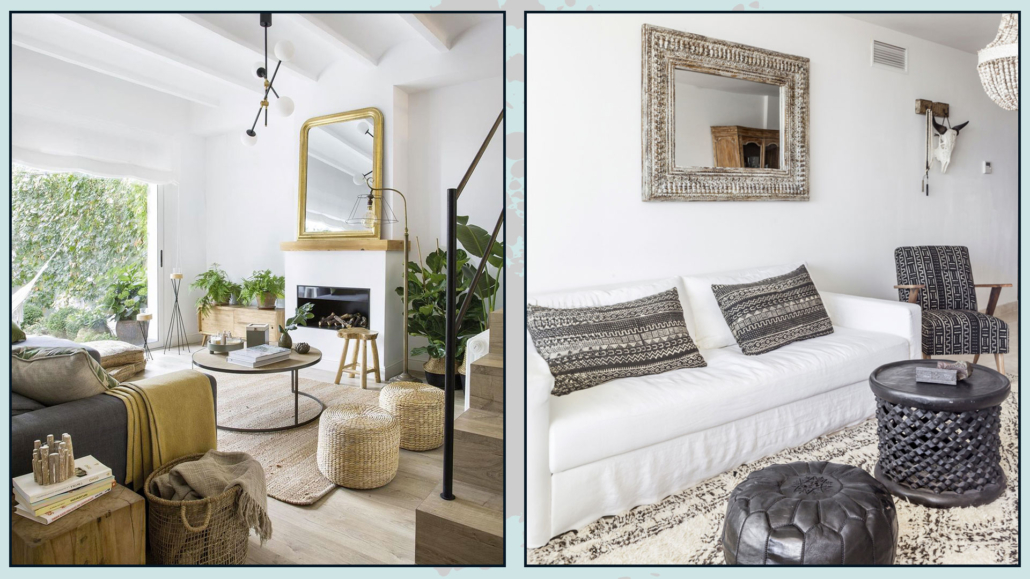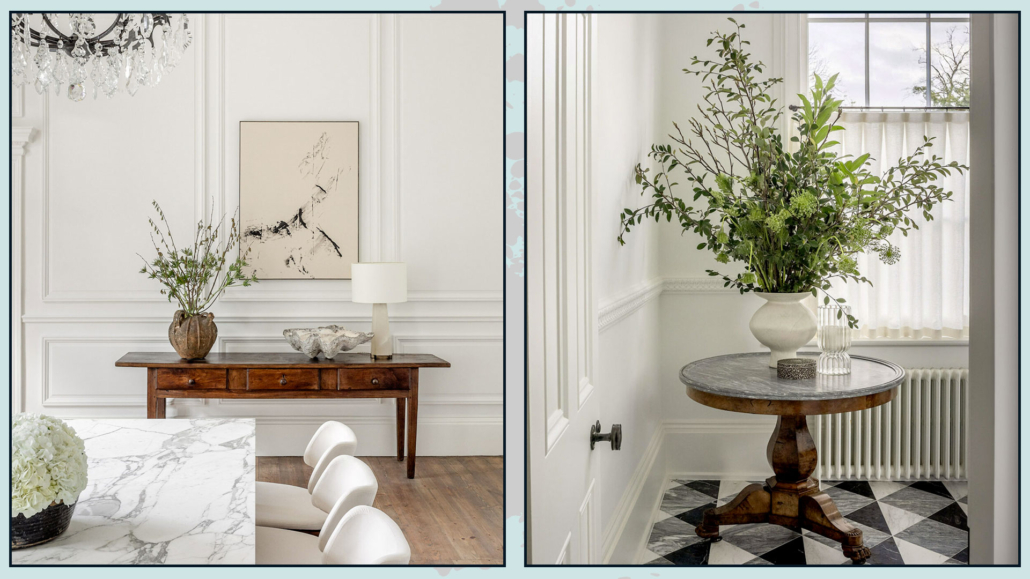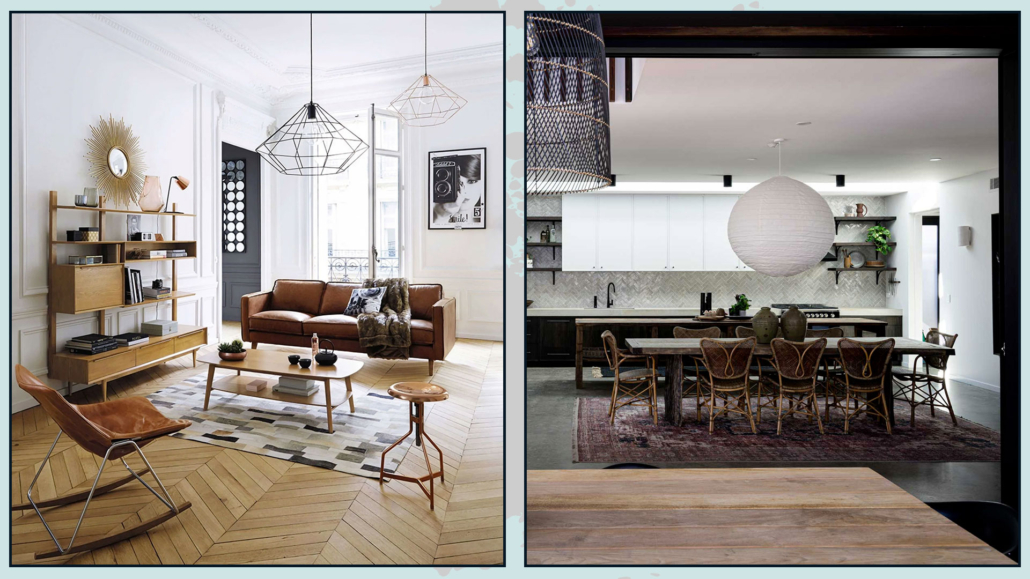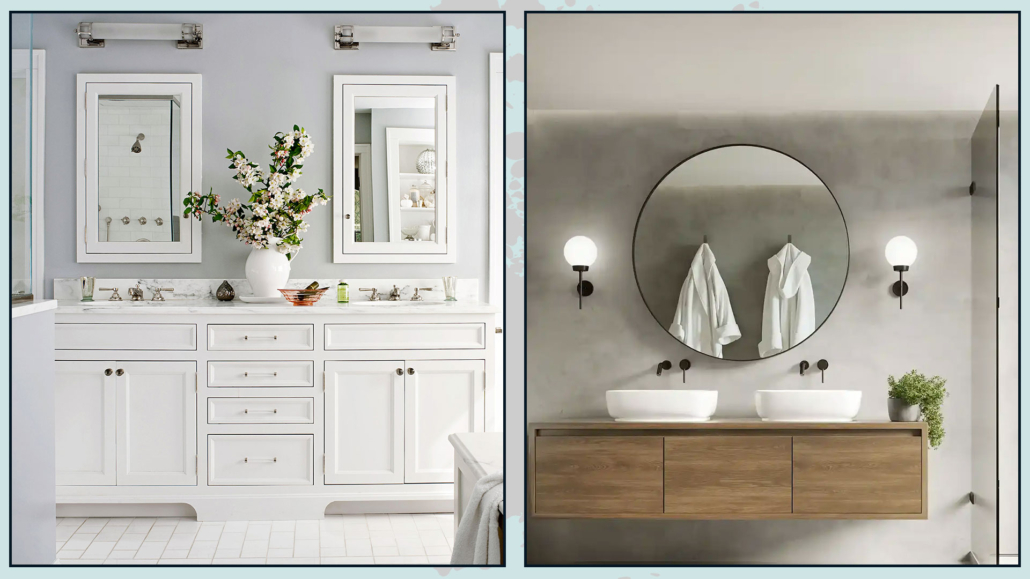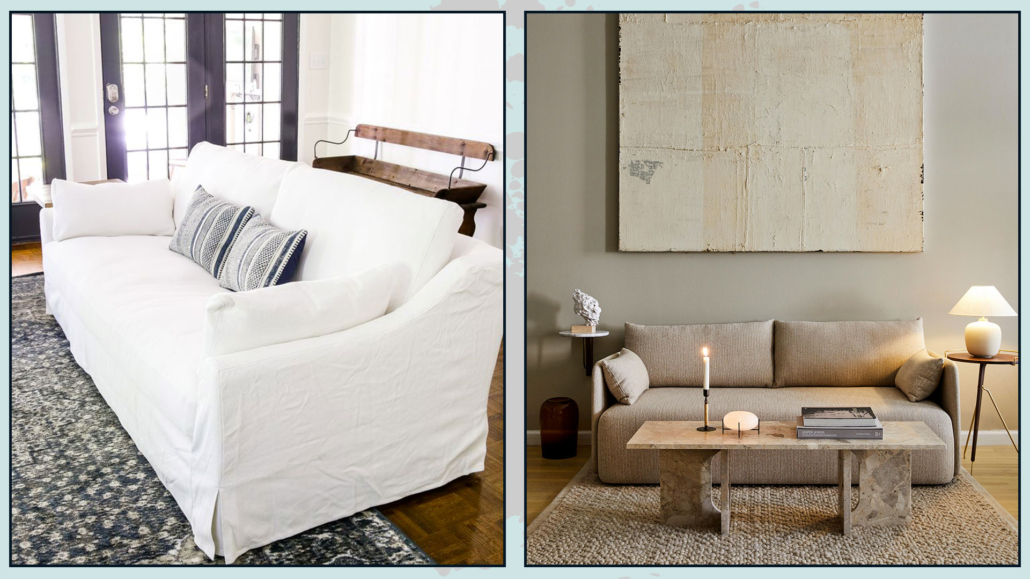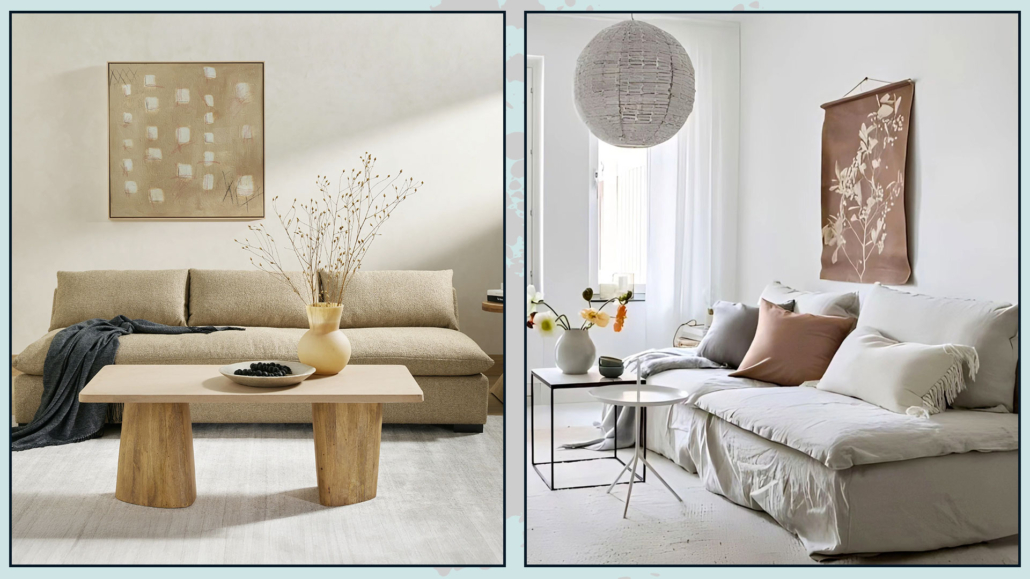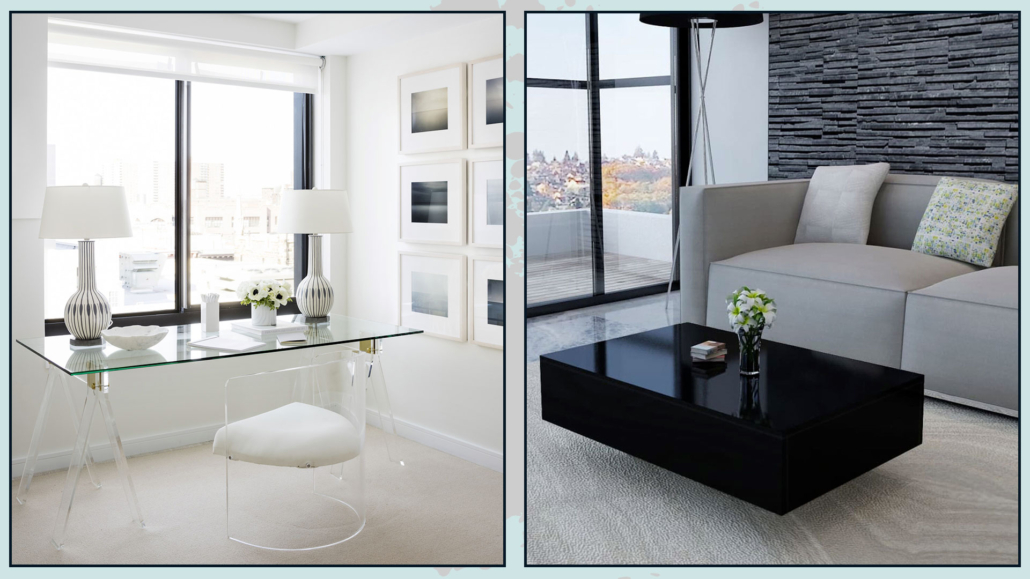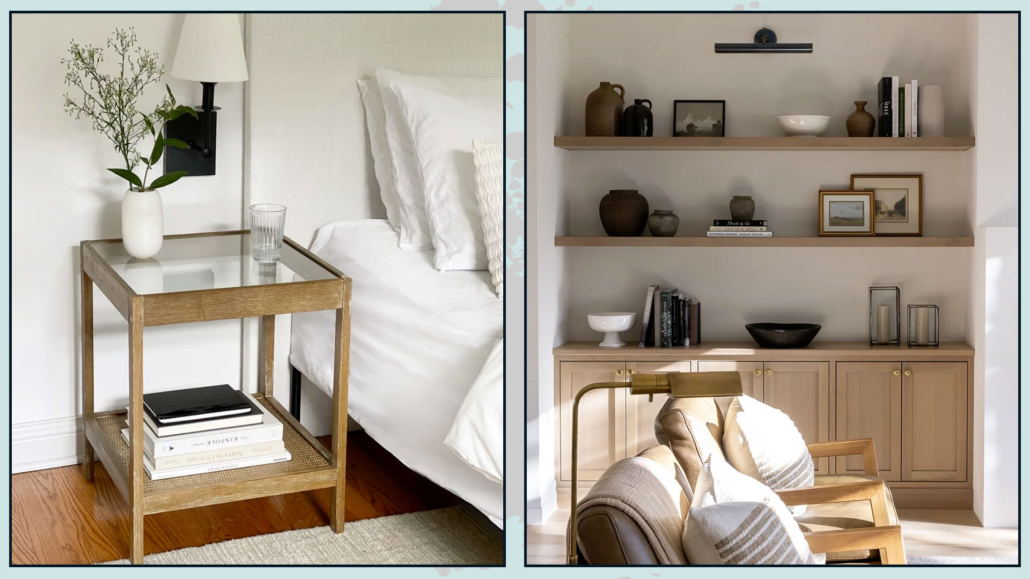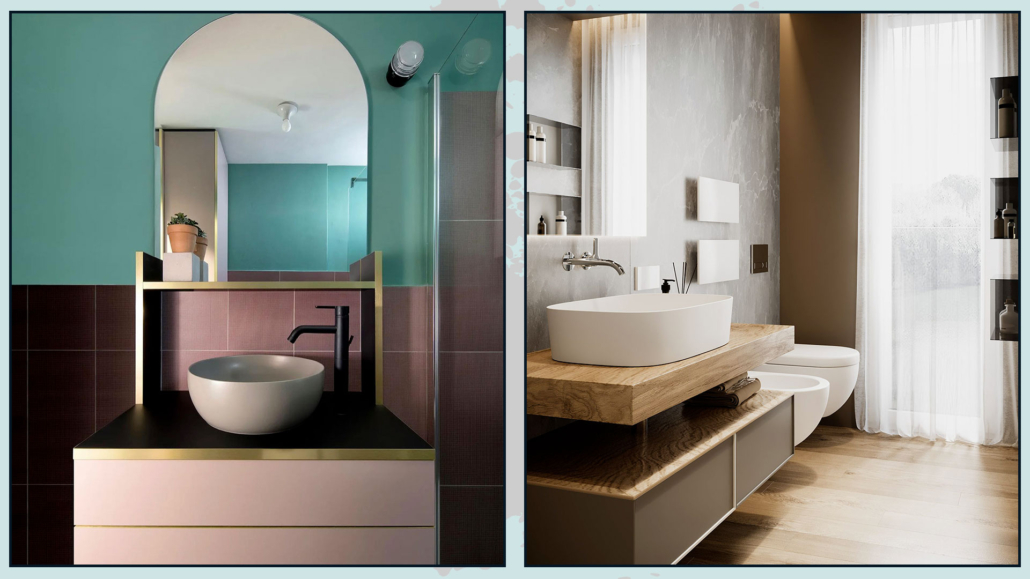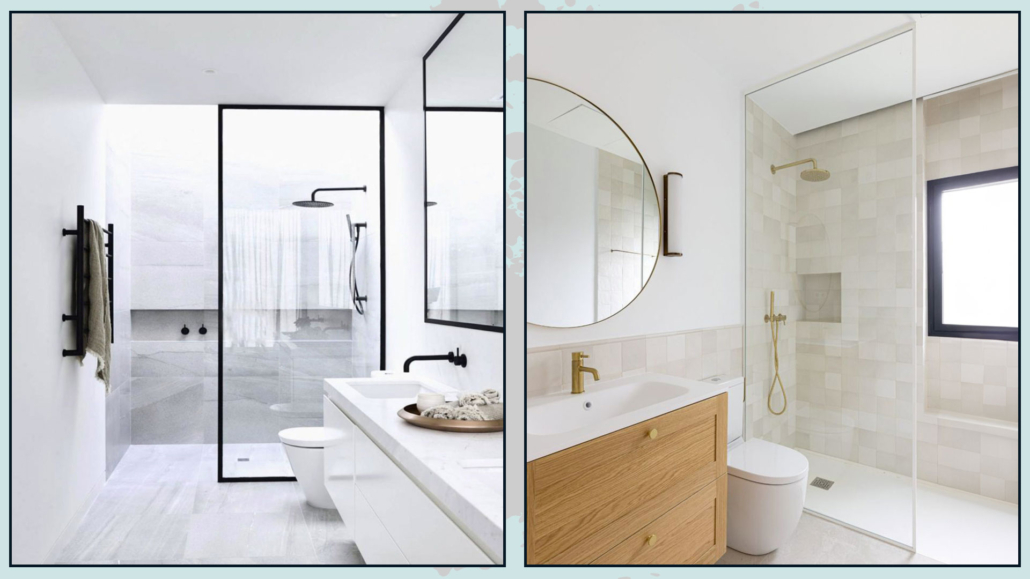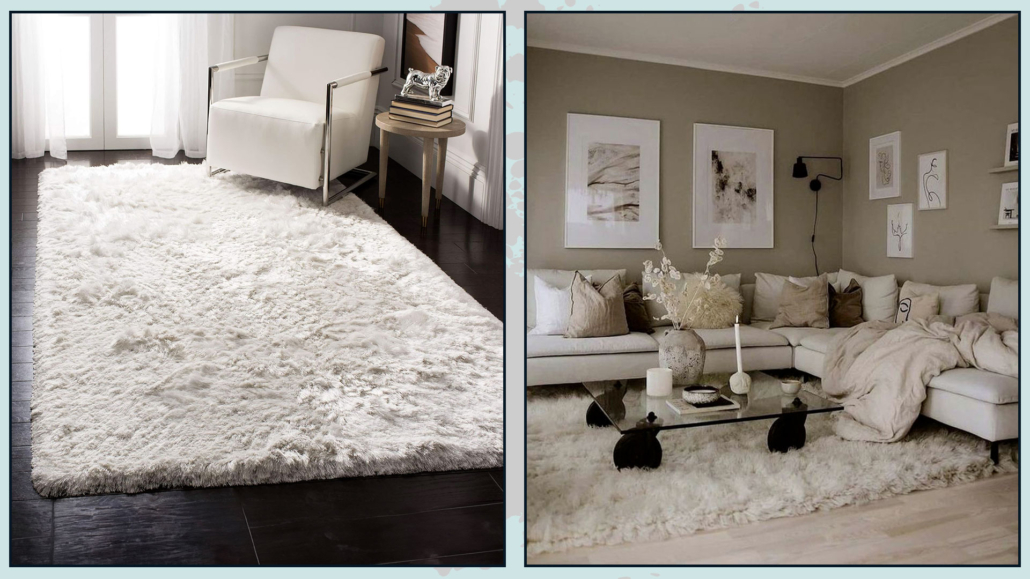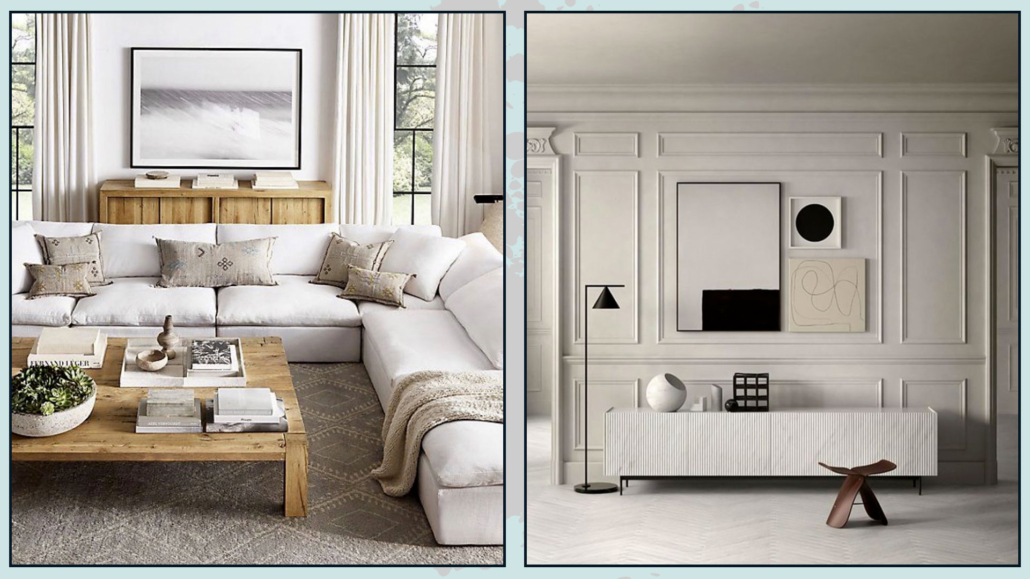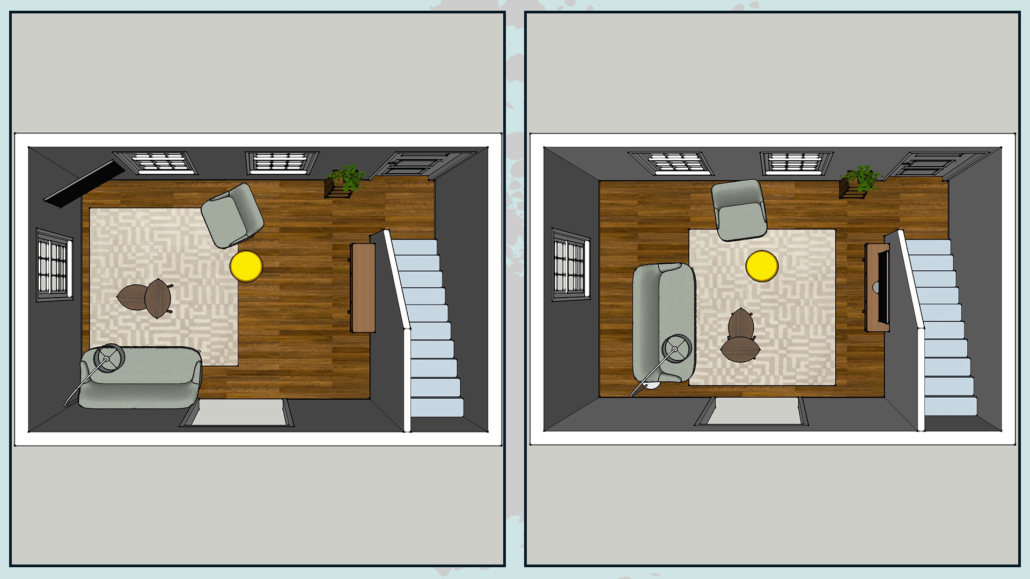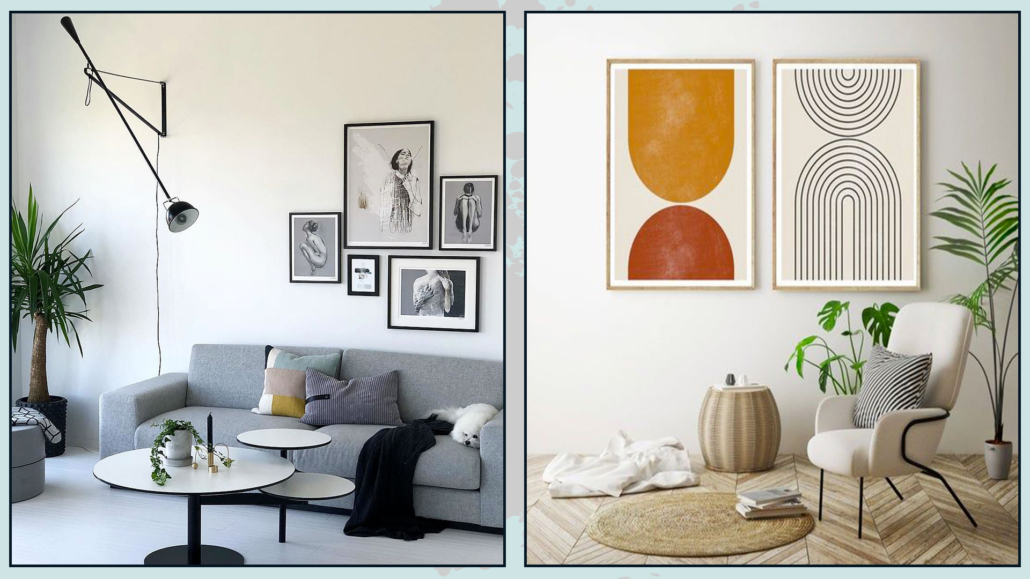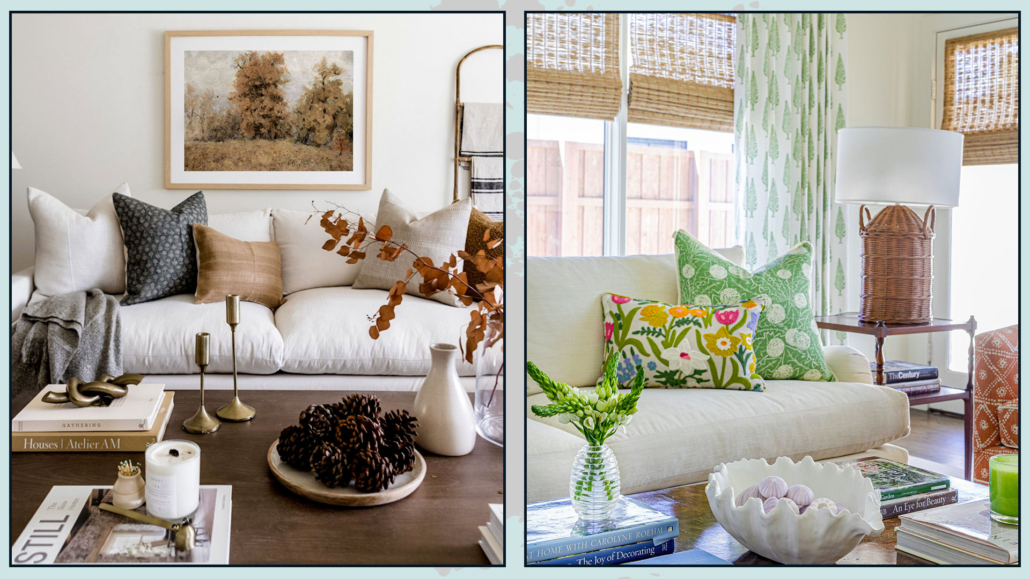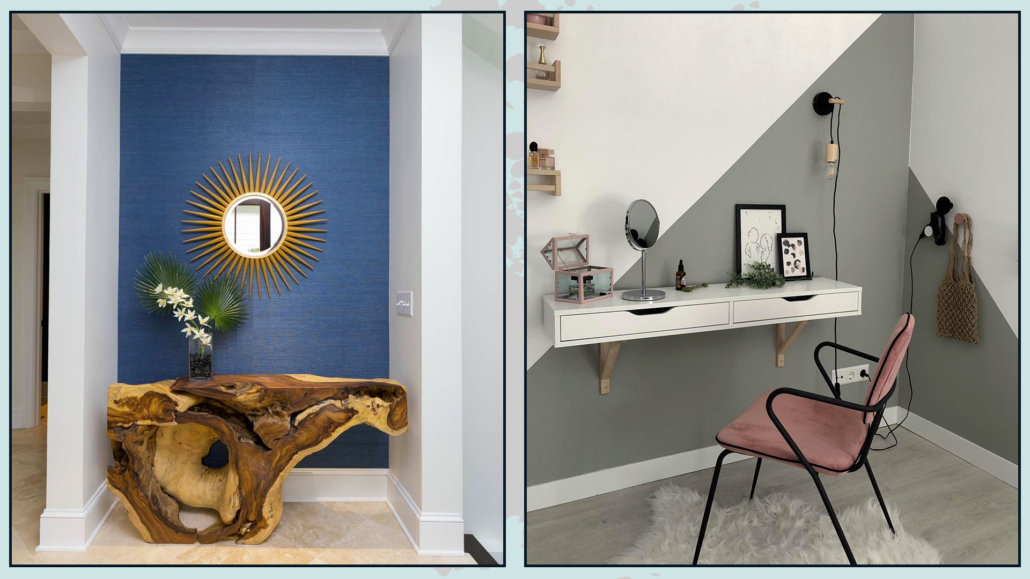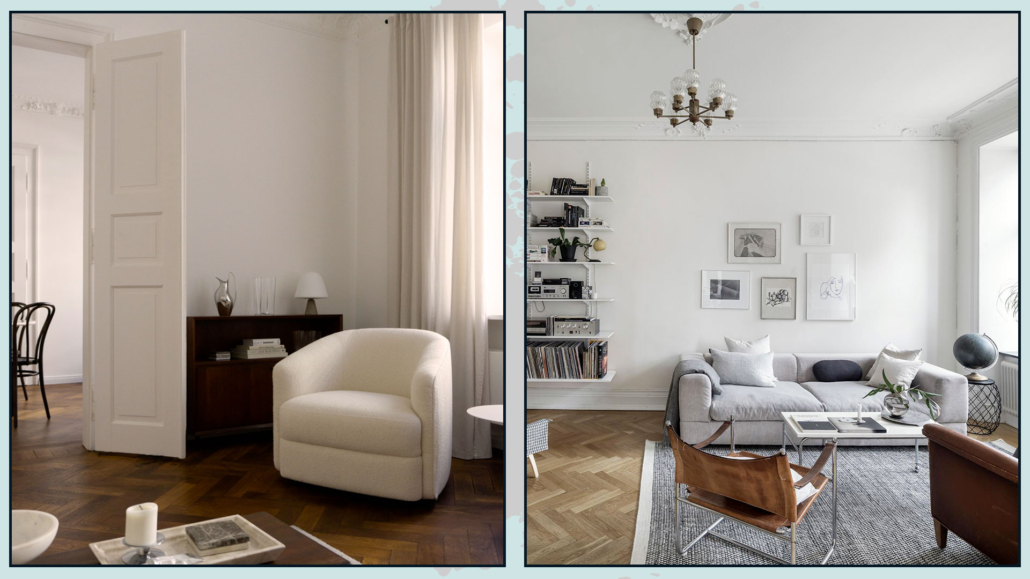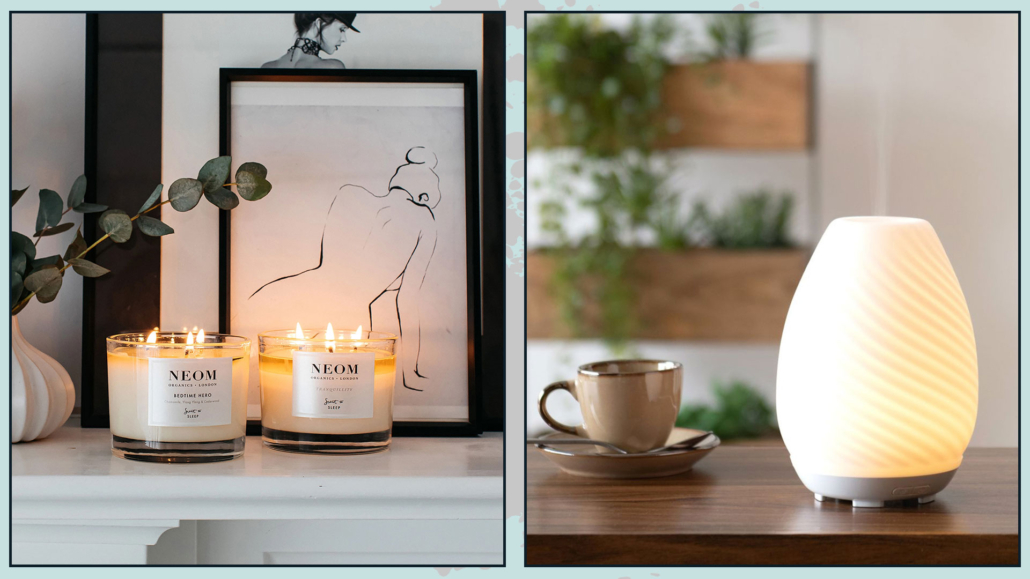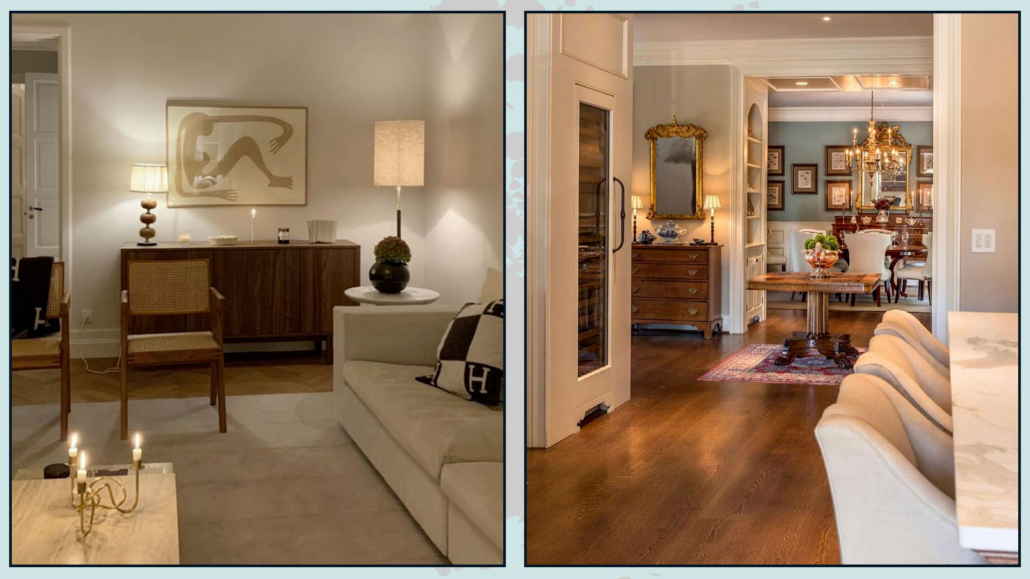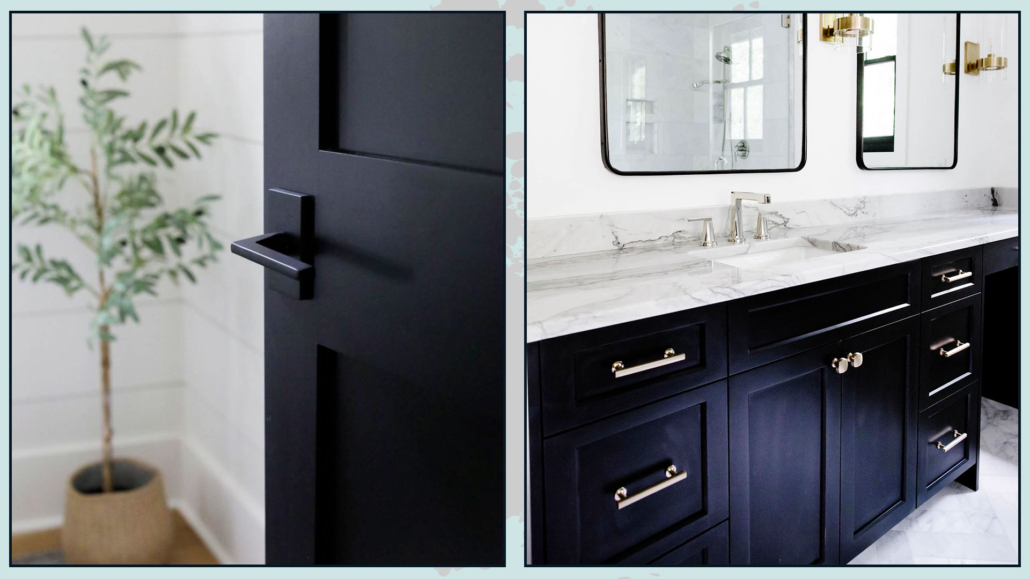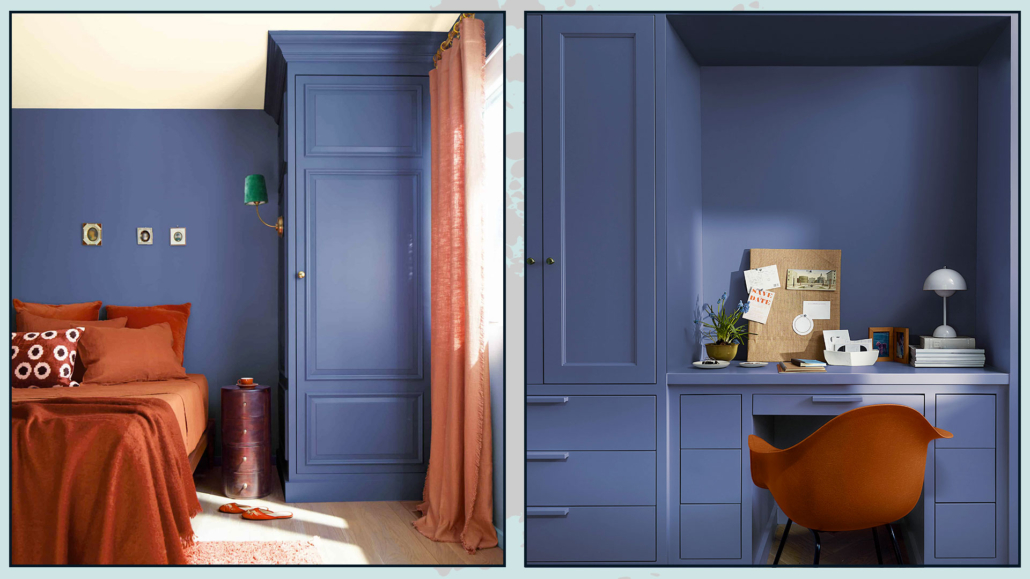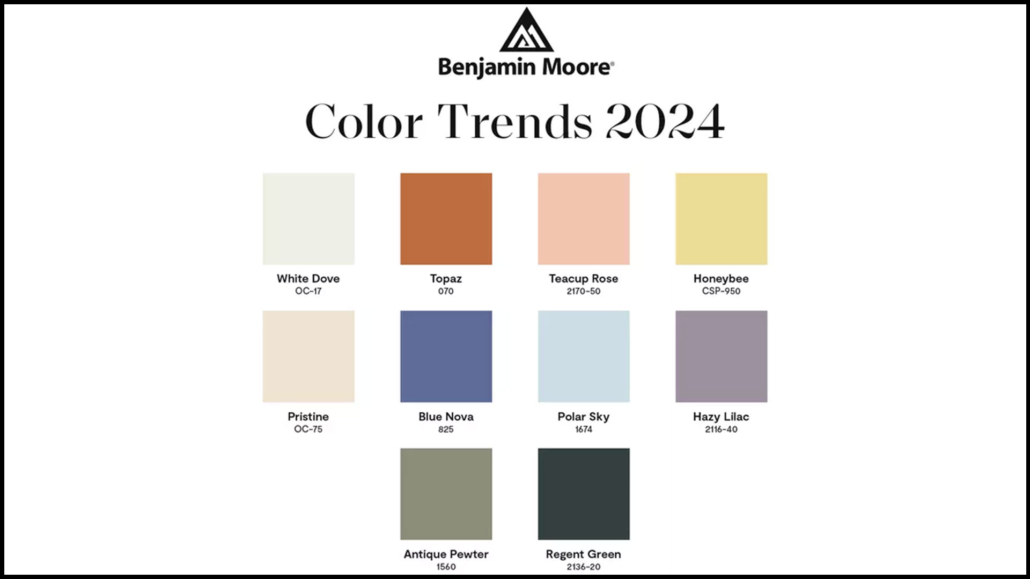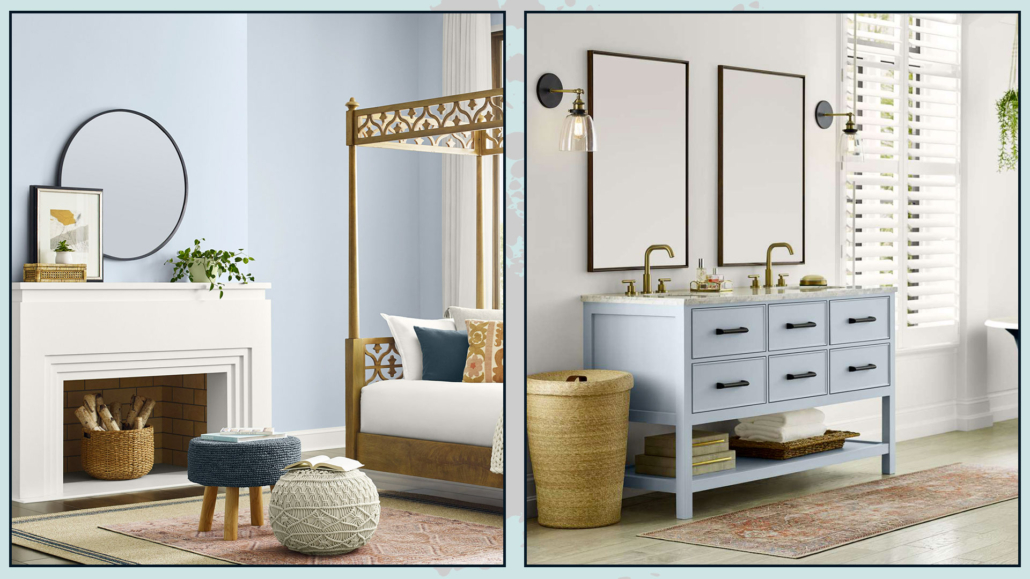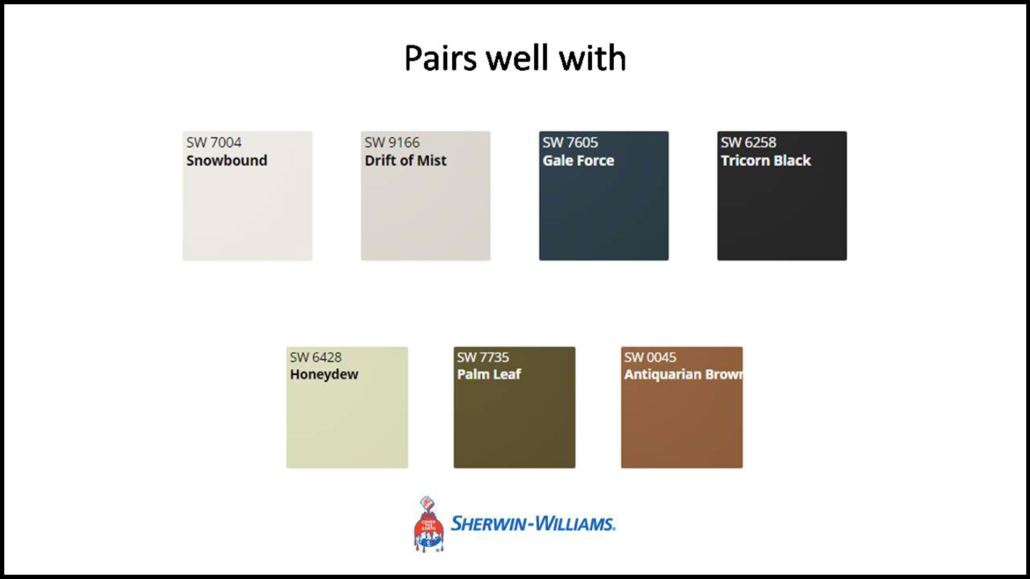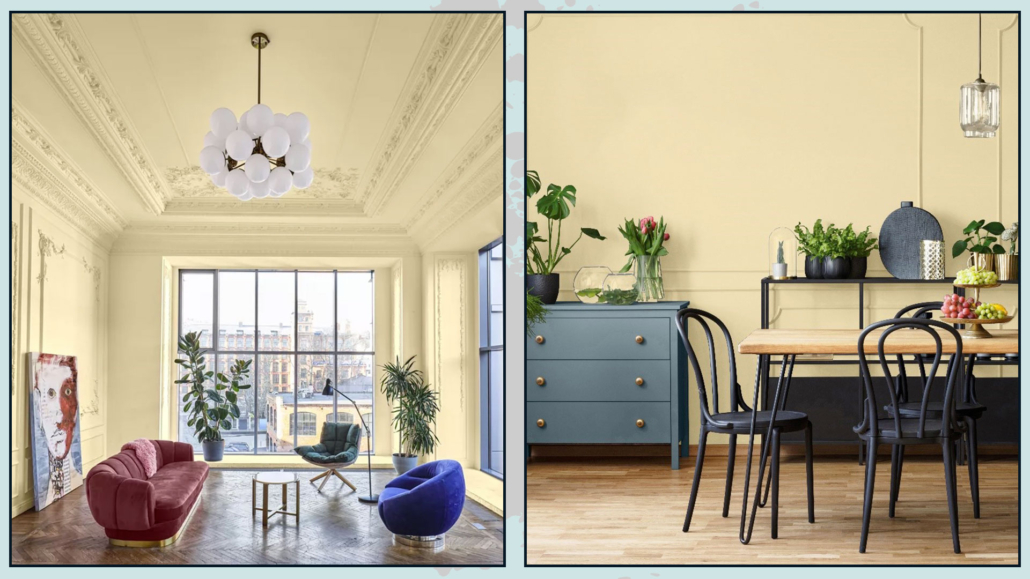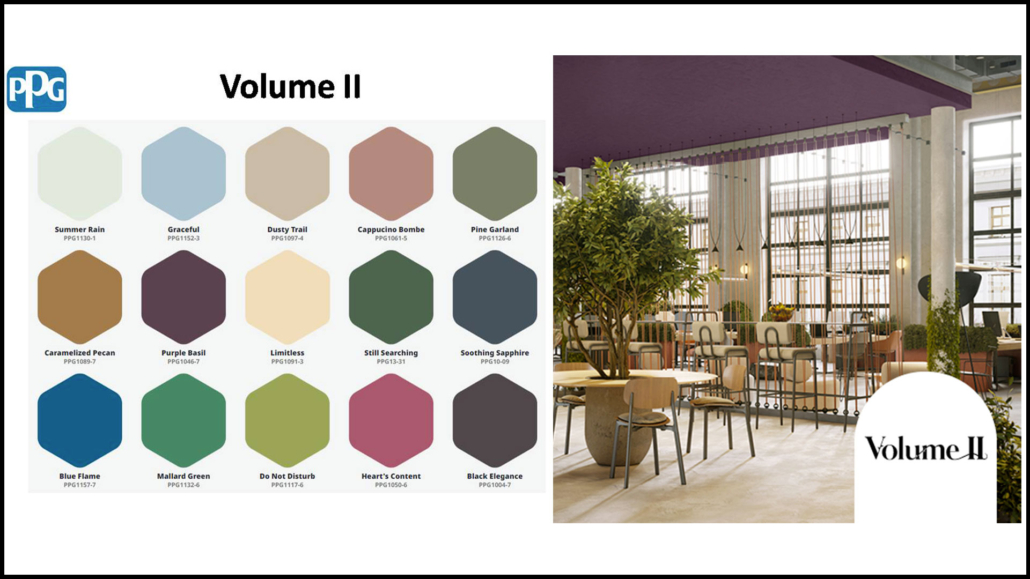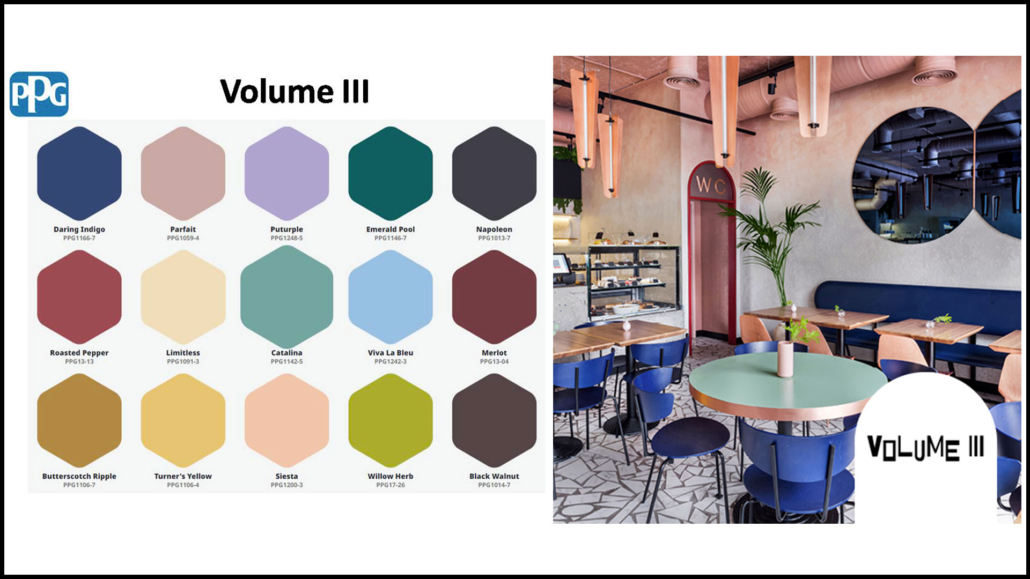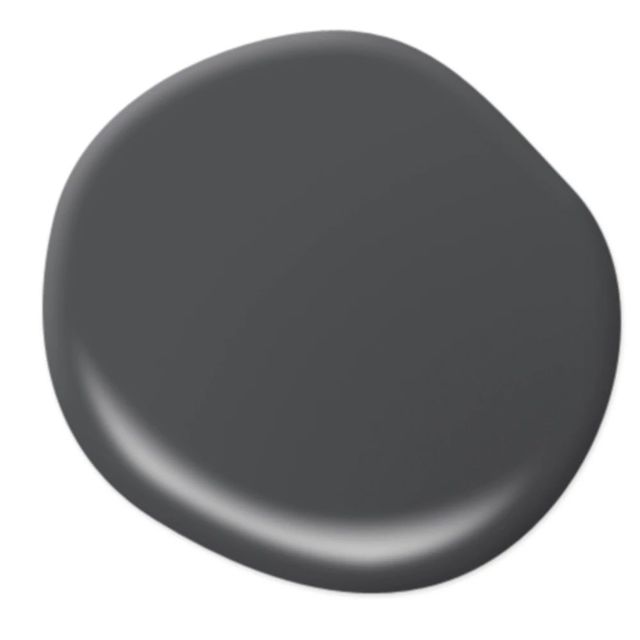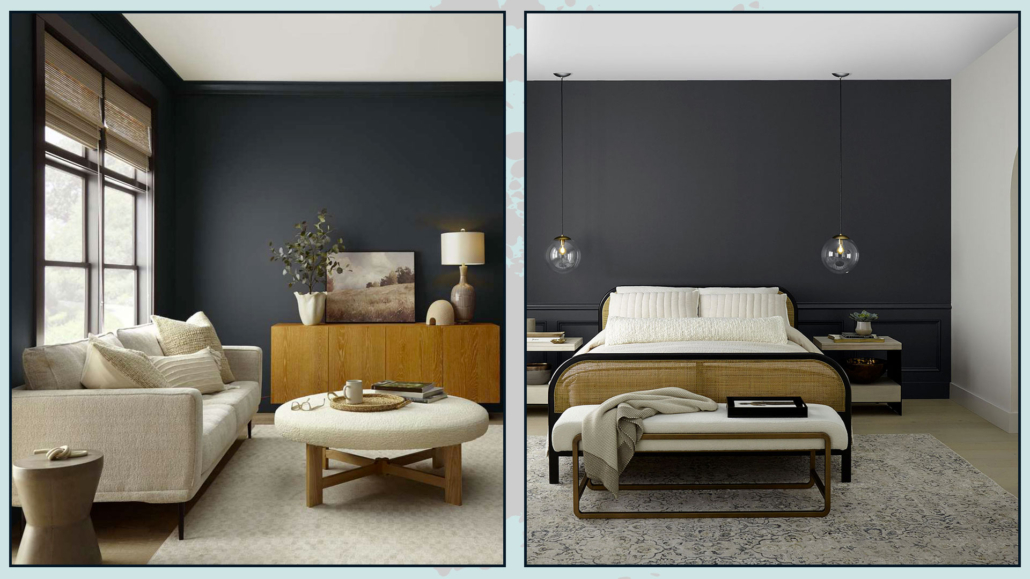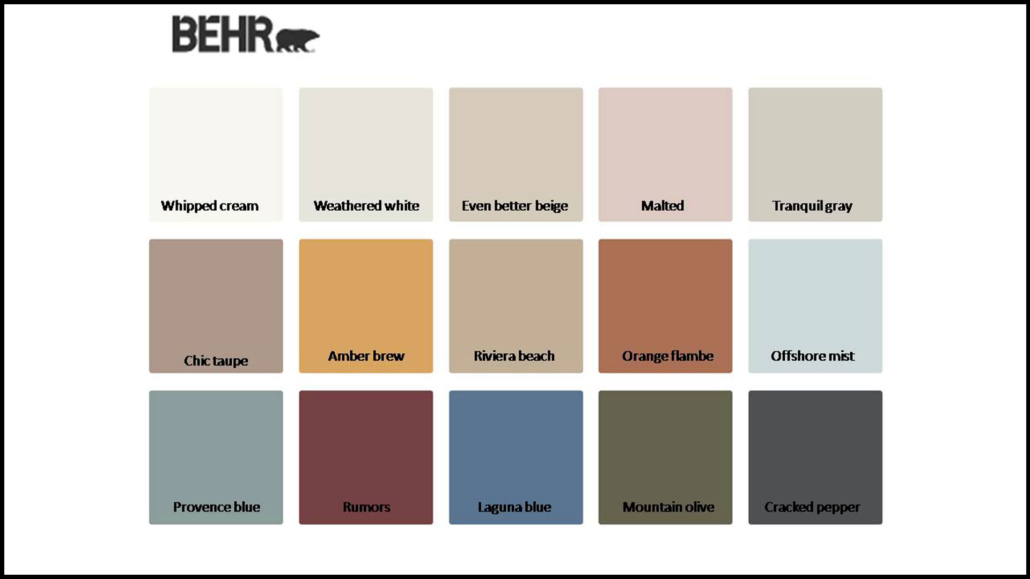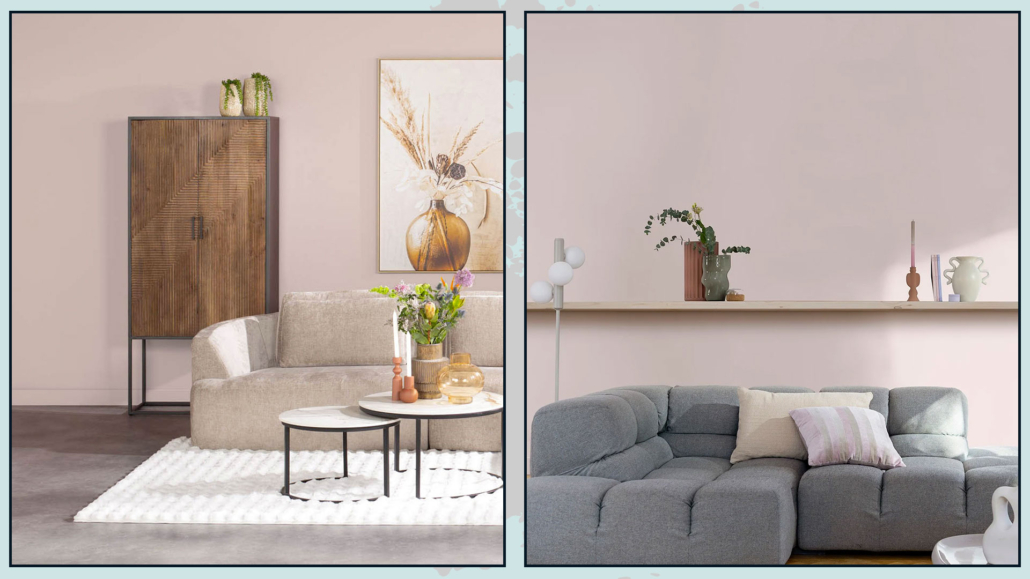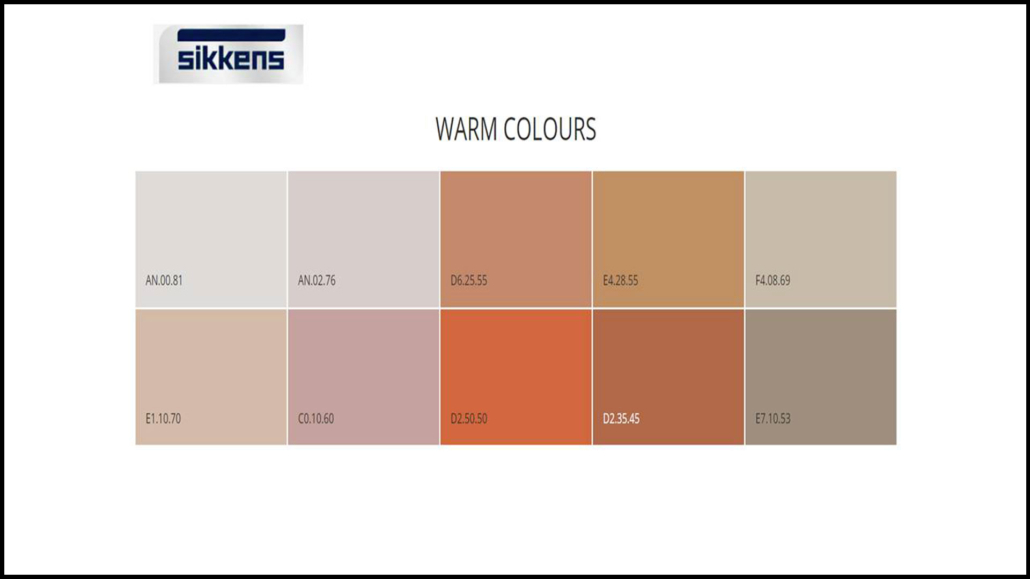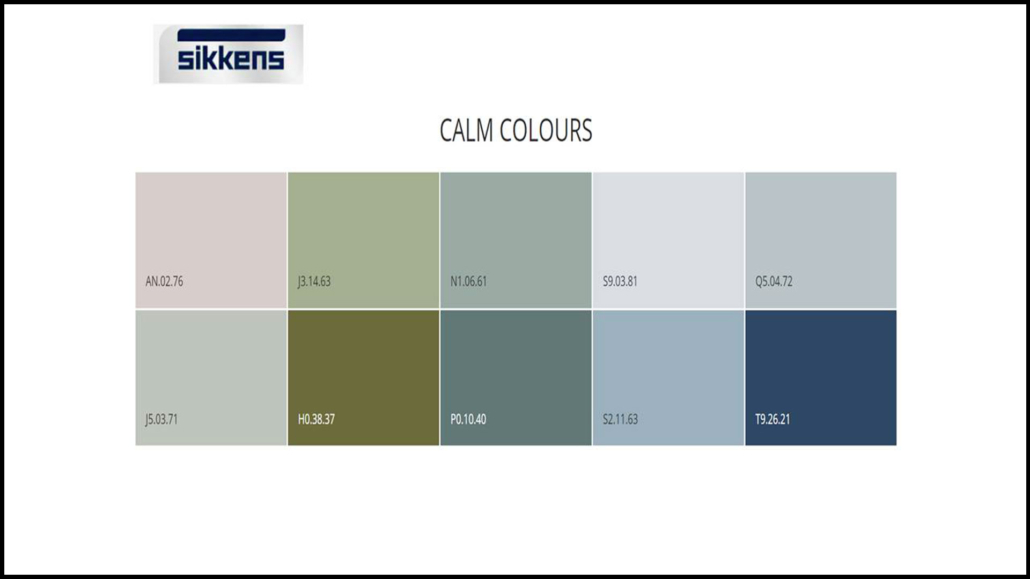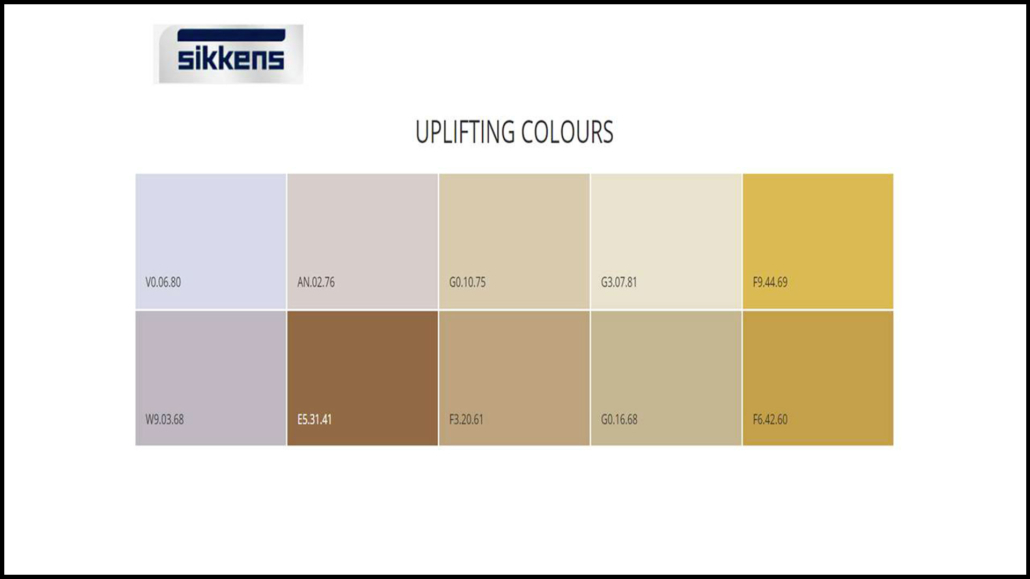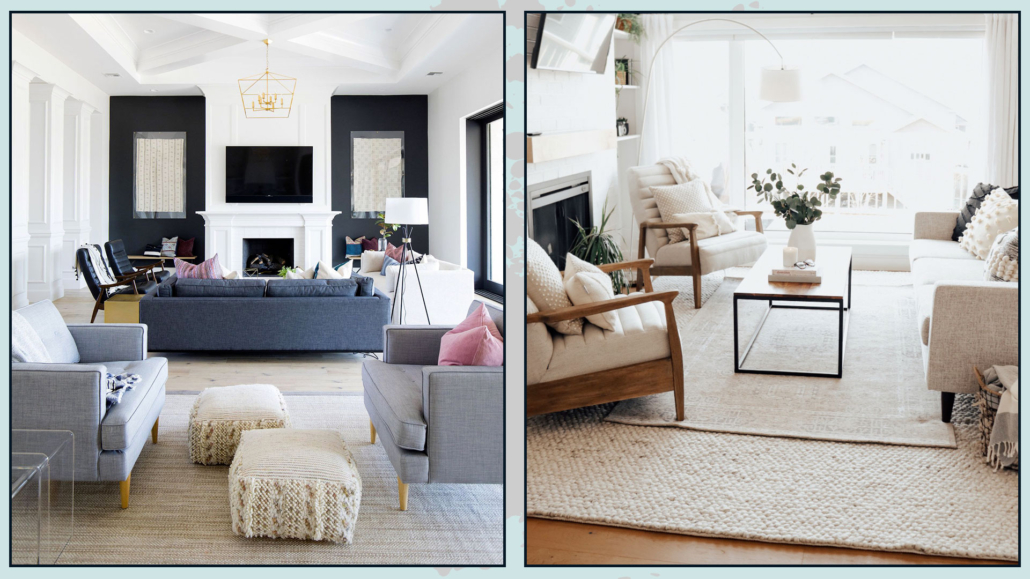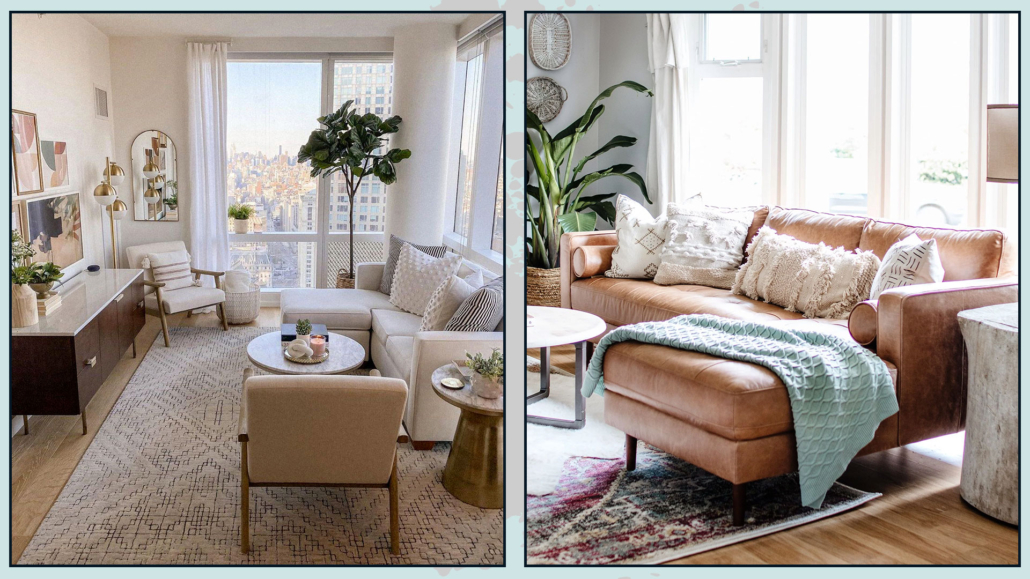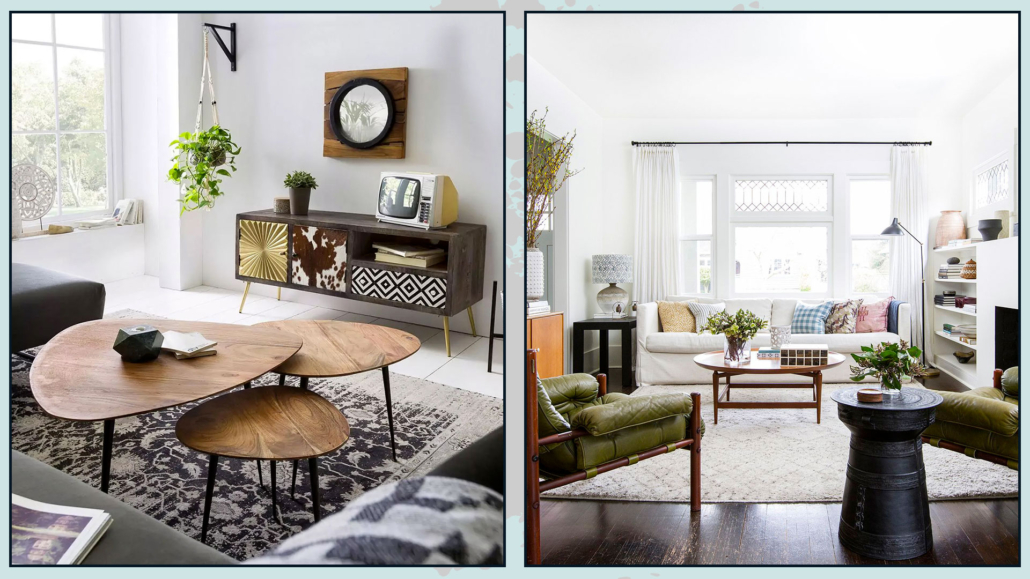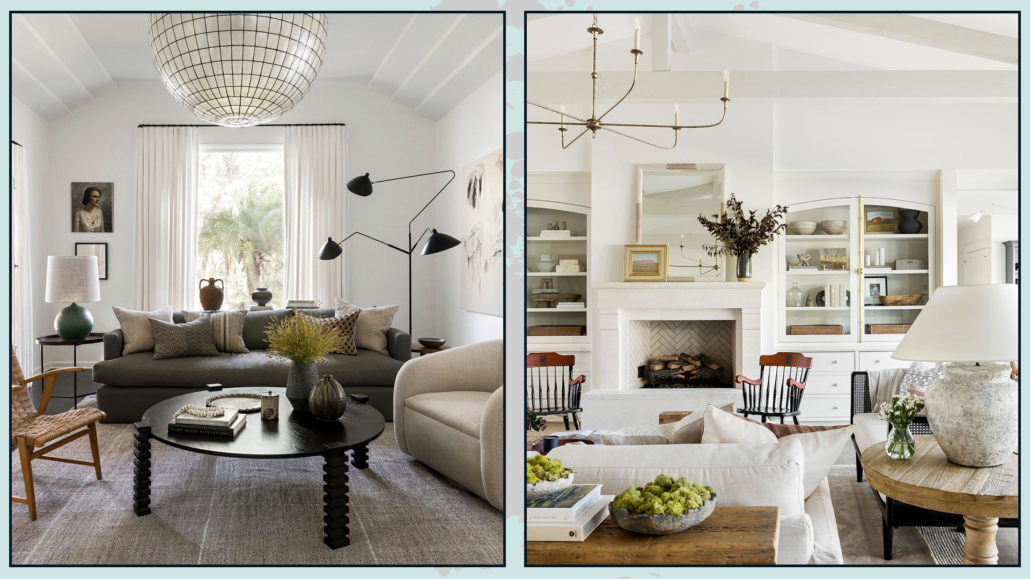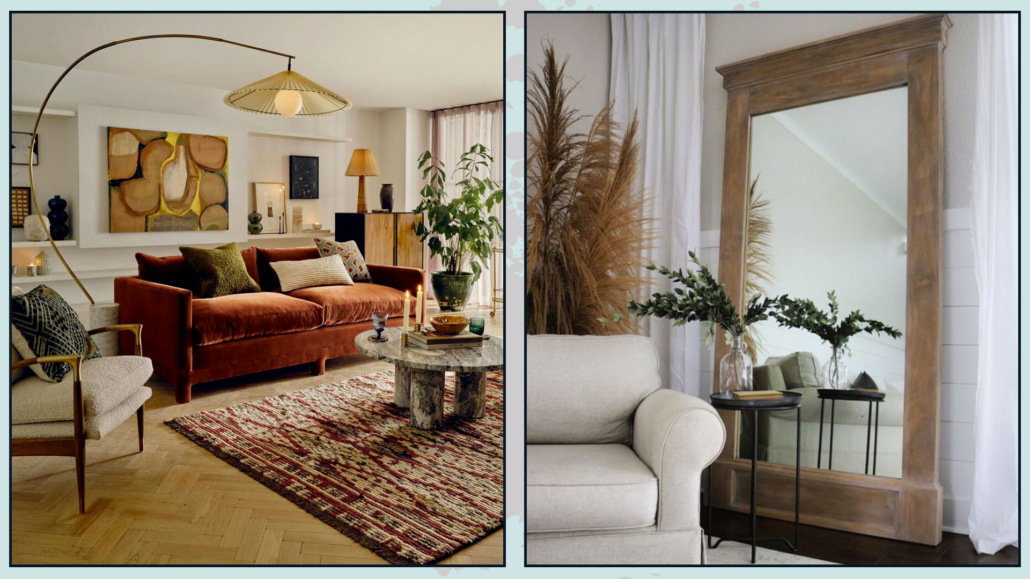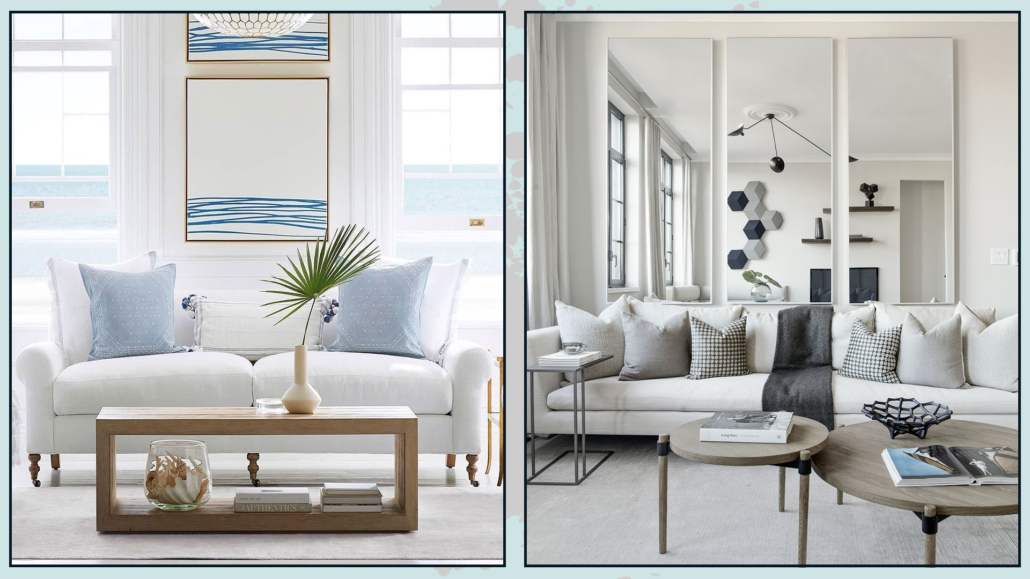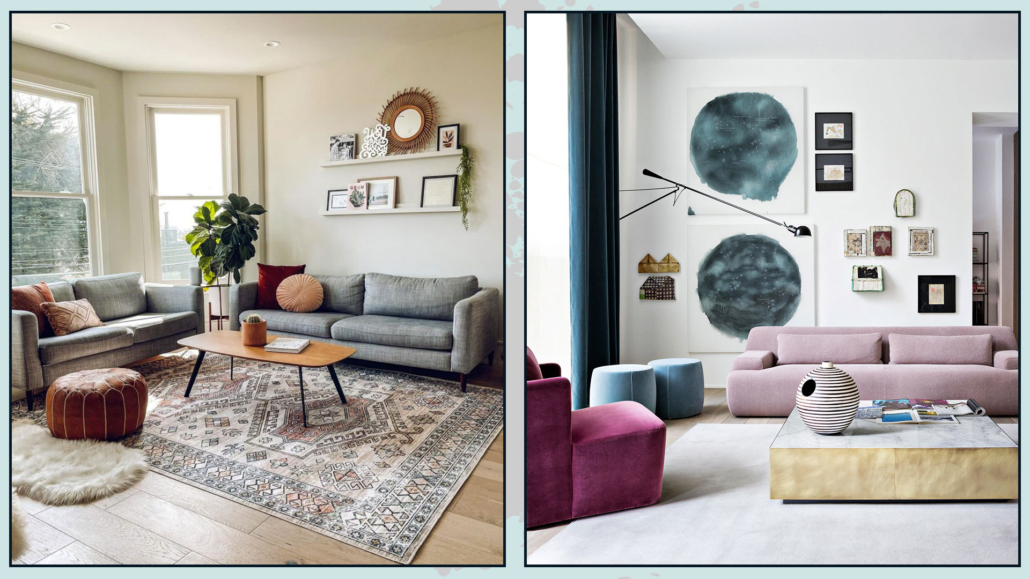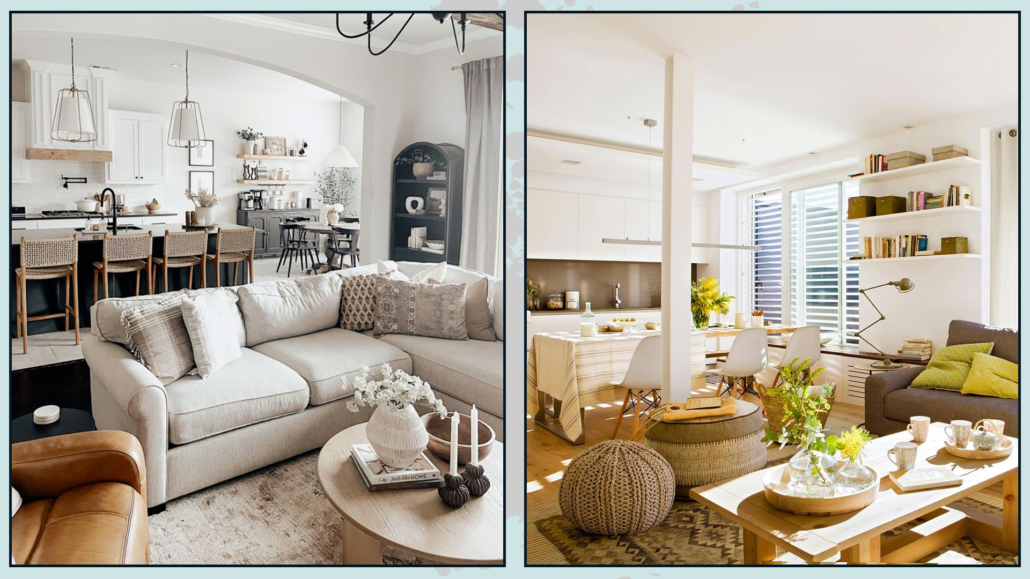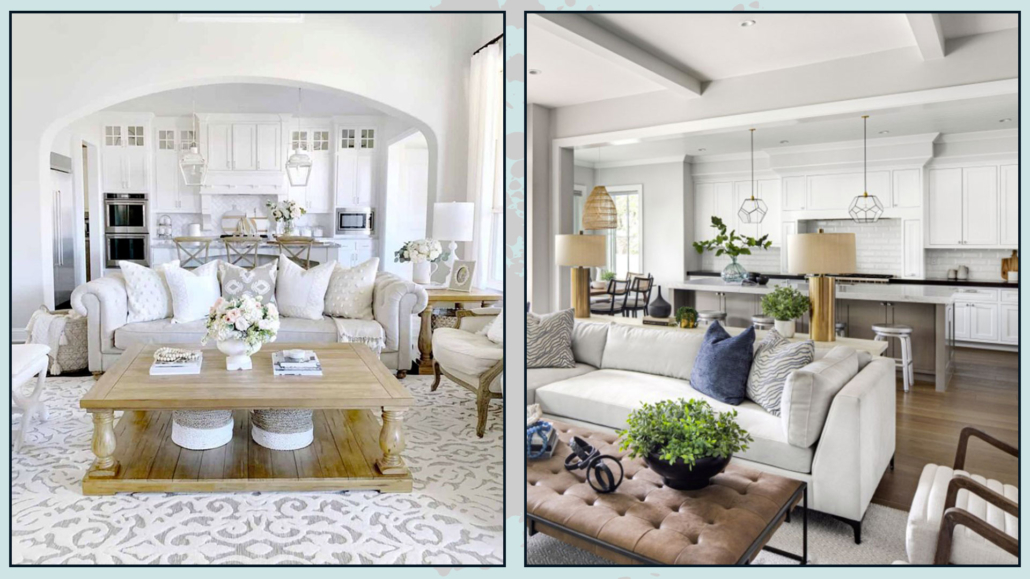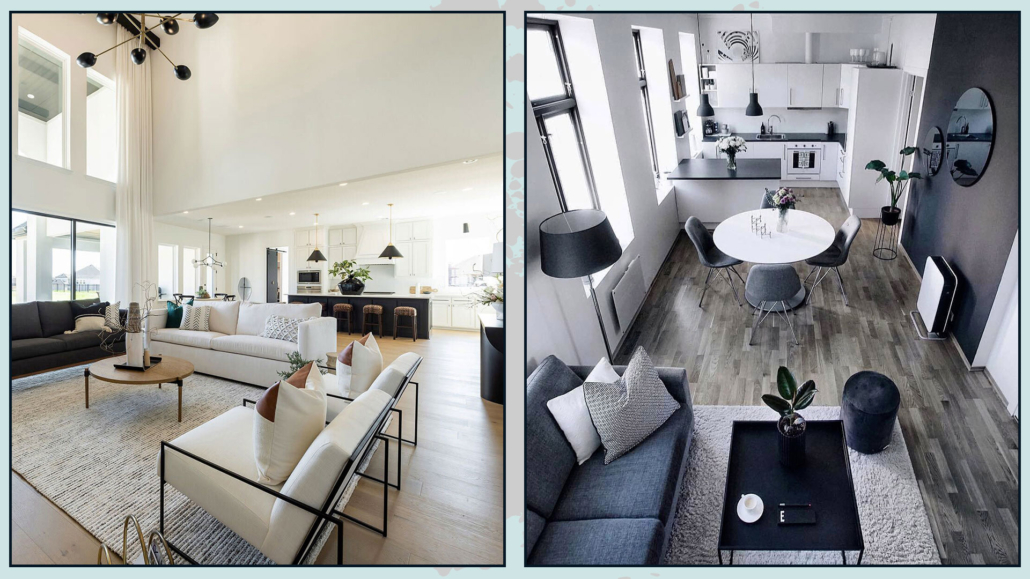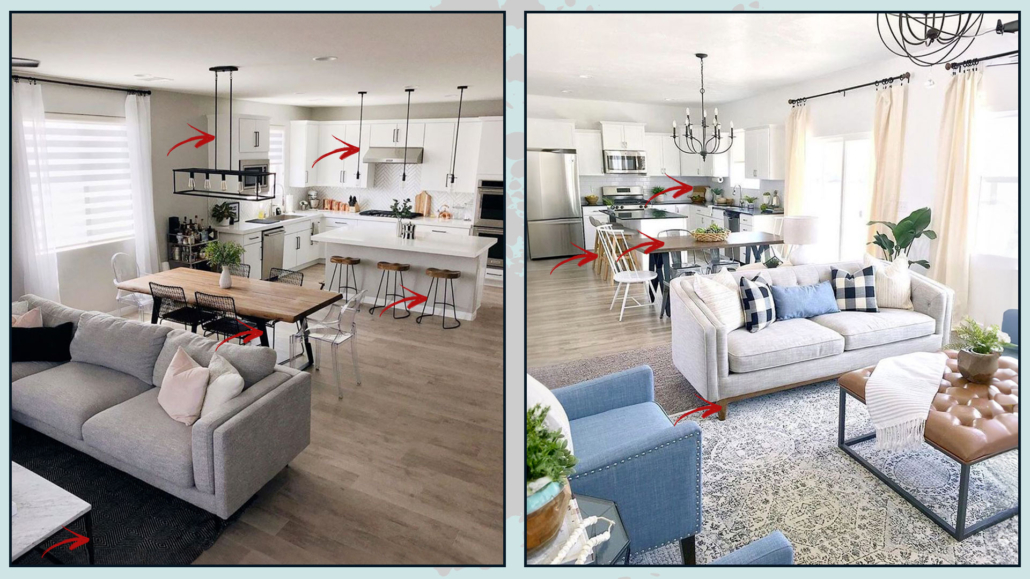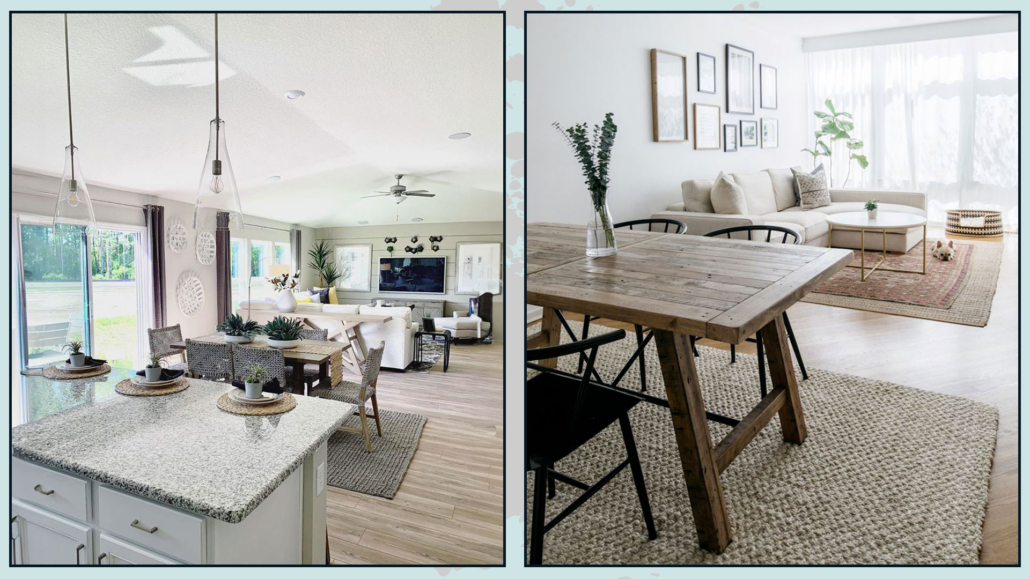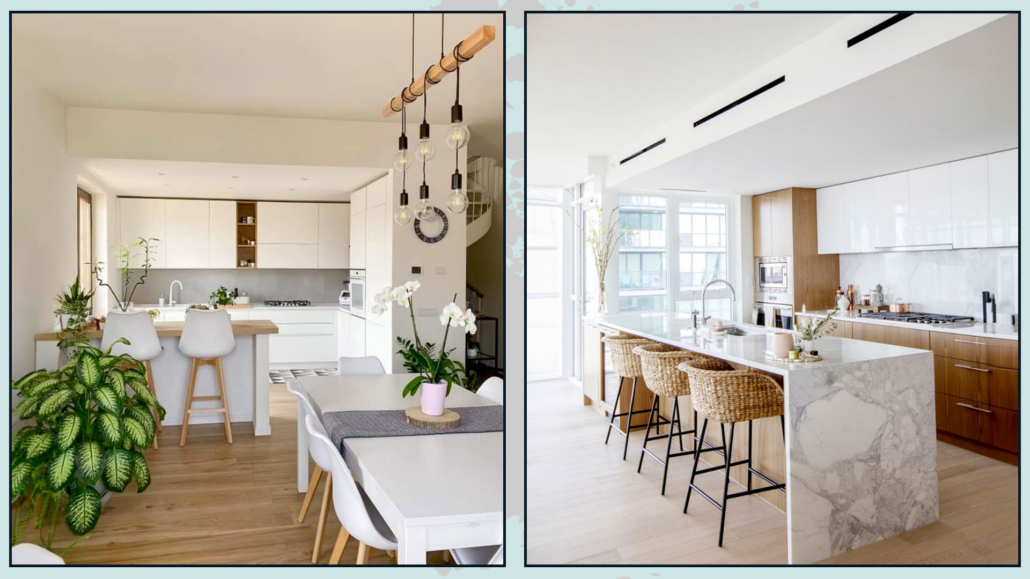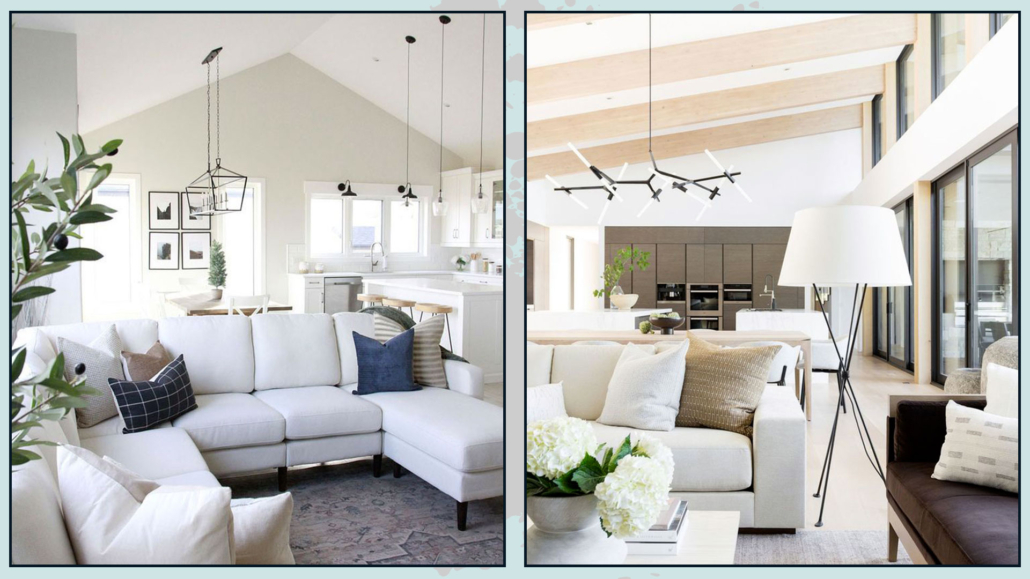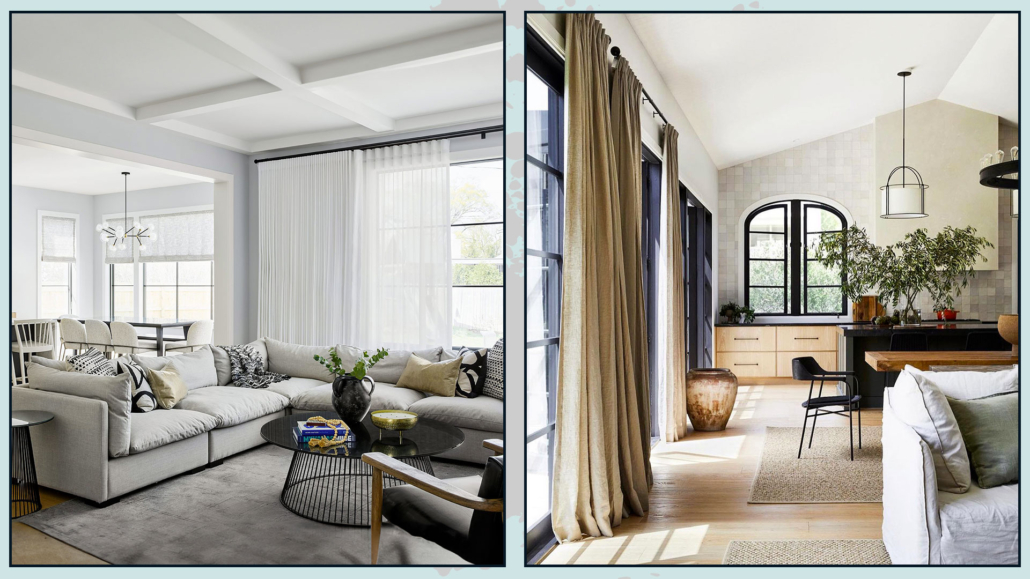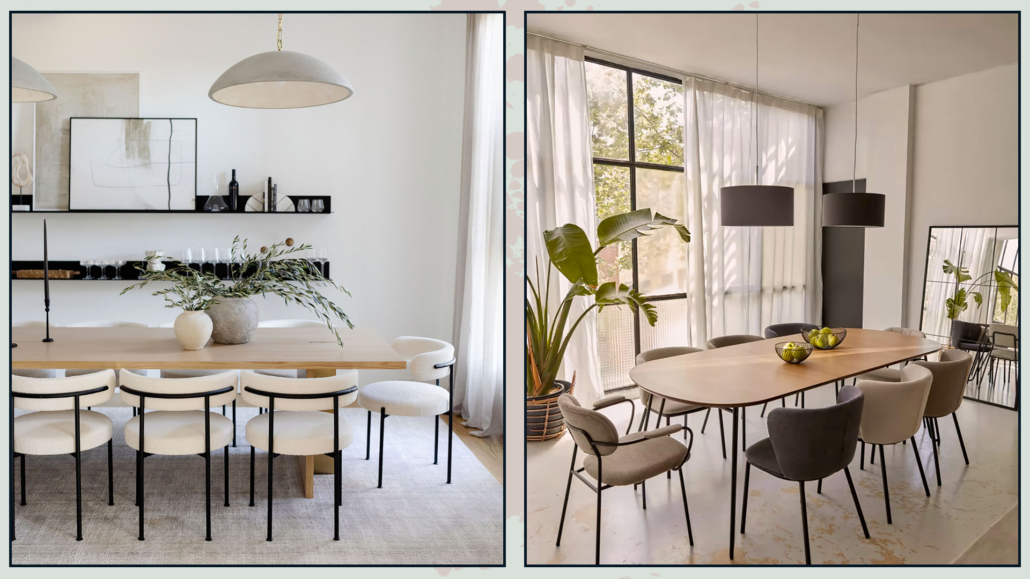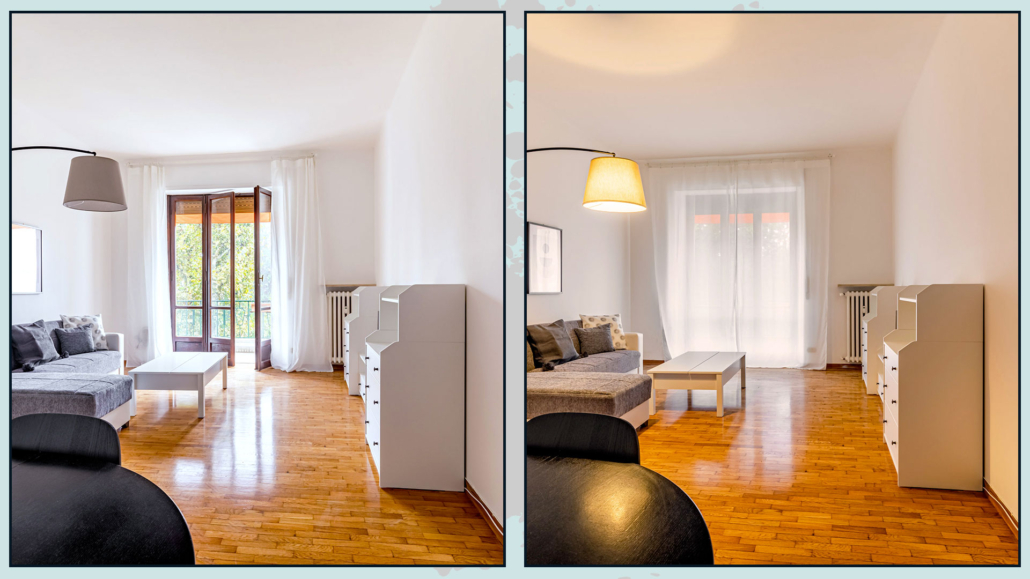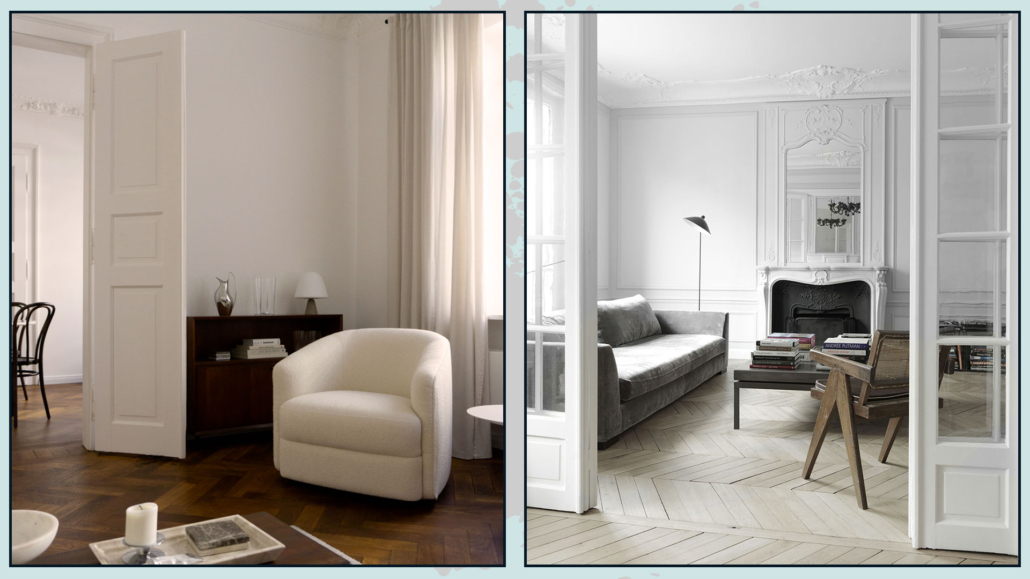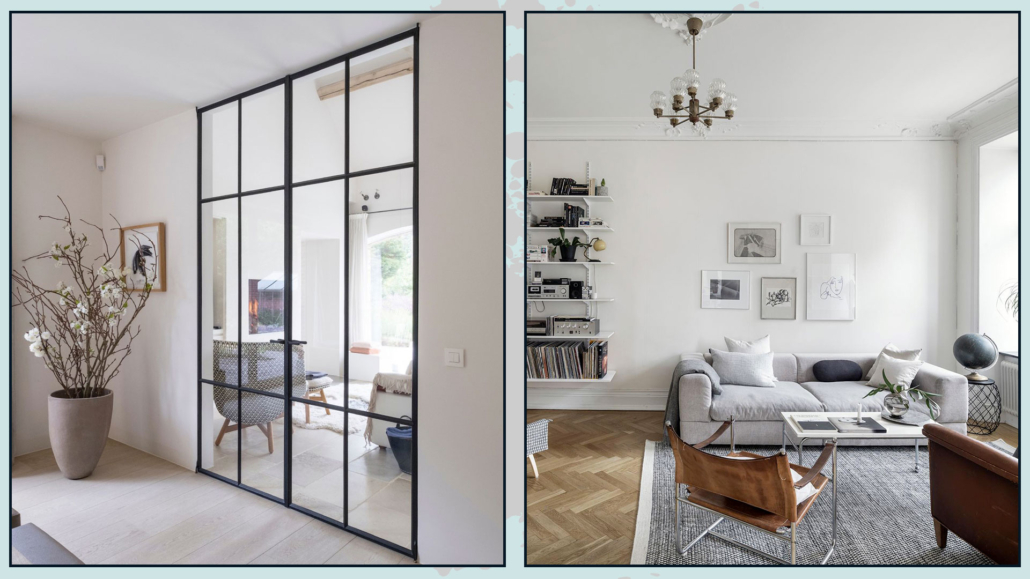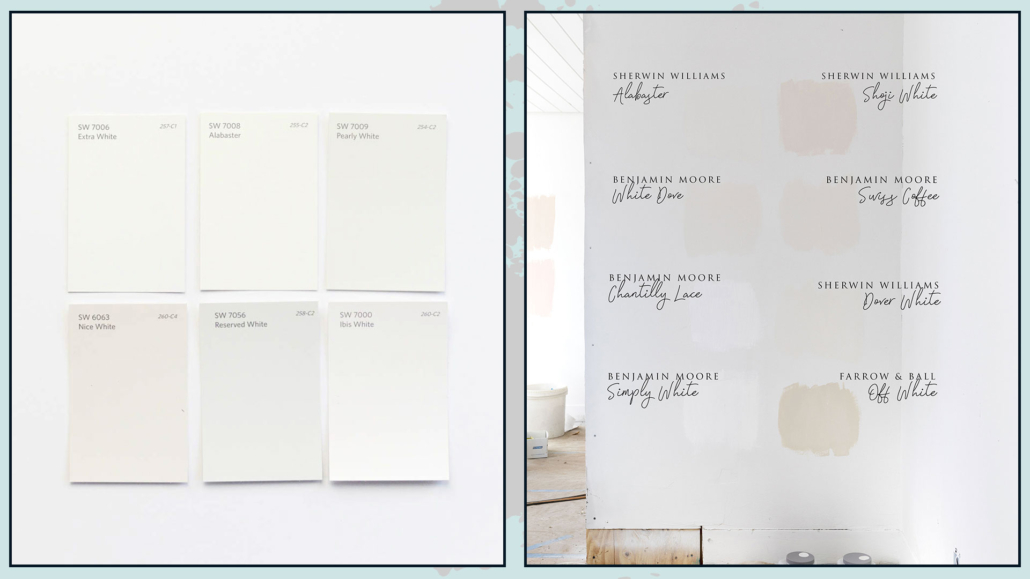Let’s start the new year by exploring together the 2024 home trends!
I want to remind you that these are suggestions and trends, and it’s not obligatory to follow everything, so only take what eventually resonates with you.
– FAREWELL TO PURE WHITE KITCHENS
For years, completely white kitchens have been in vogue, primarily to evoke a greater sense of cleanliness and also for their undeniable brightness!
Now, the trend is not to completely abandon white but to opt for a warmer shade, a more “buttery” white.
That alone will make the kitchen less cold and, allow me, aseptic!
The addition of wood elements, unique materials for lamps, distinctive handles, and the introduction of plants and wicker will make the environment decidedly welcoming!
This approach to designing kitchens will allow for a timeless kitchen that will never become tiresome and can potentially evolve over time with small changes like handles or other decorative elements!
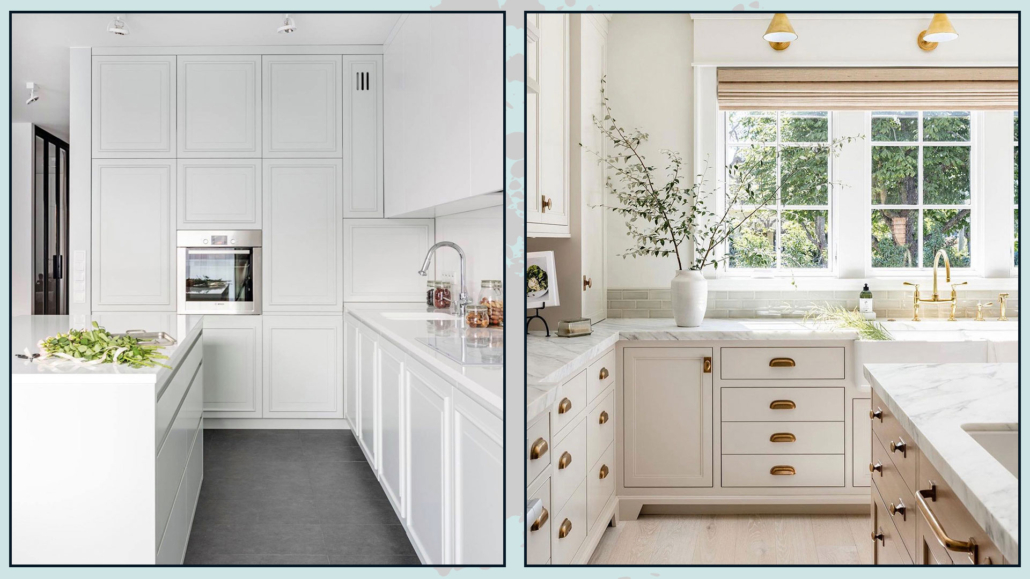
(credits: virtuves.lv; jennymartindesign)
– GRAY, YES, BUT WITH A WARM UNDERTONE
Among the neutral colors used in interiors, gray is one of the favorites because it is a versatile color actually.
However, this year’s trend will be to use grays with a warm undertone to create inviting and cozy spaces.
If you’re wondering what an undertone is, I’ve discussed it here when I talked about neutrals!
Cool grays, compared to warm ones, create colder and duller environments.
That can have an impact on mood, giving a sense of depression.
It’s true, though, that cool grays provide a feeling of freshness, so they don’t need to be wholly avoided.
The trick, as always, is to balance them with warm elements, such as wood!
I would only suggest avoiding dark, cool grays; opt for lighter ones, as they can be “warmed up” more easily!
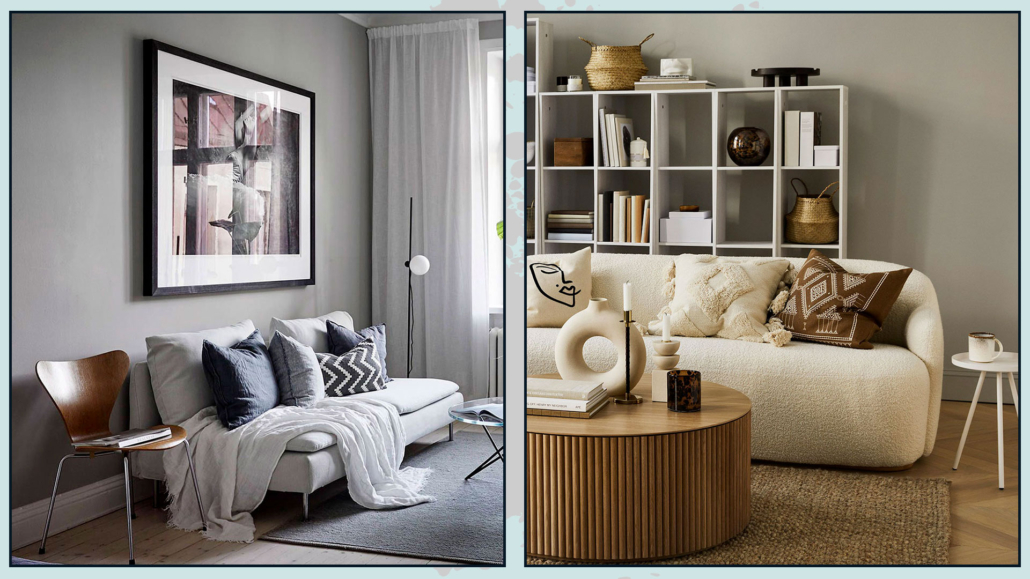
(credits: cocolapinedesign.com; H&M home)
– ENOUGH WITH CLASSIC MINIMALISM!
The two previous points lead us to bid farewell to classic minimalism with its austere forms and lines, pure white, and cool grays, ushering in a style that can be described as more livable and “sustainable”!
The trend is to embrace warm minimalism, Nordic style, or wabi-sabi.
They all share the foundation of “less is more,” but the aim is to make the spaces warmer and more inviting!
Moreover, there’s a focus on being more flexible, allowing individuals to bring their own personality and character into their homes!
It will always start with neutral colors and attention to functionality – typical of minimalism – but softened and made more welcoming.

(credits: rikreainteriors.it; ruemag.com)
– TERRACOTTA COLOR
Speaking of warm tones, a color that many believe is making a comeback is terracotta!
That applies both to tiles and as a general color scheme.
Indeed, it’s a warm and enveloping brown color that makes spaces decidedly inviting and relaxing.
While it might not be among the colors of the year proposed by major brands, if you look at the color palettes they suggest to pair with their choices, you’ll notice many hues leaning towards brown!
Terracotta color can vary in saturation or tend towards red and pairs easily with many others, such as blue or green!

(credits: Living with Lolo; elmueble.com)
ZELLIGE-STYLE TILES
There has been a significant use of large tiles in recent years, even for wall coverings, to minimize the visibility of grout lines and create a more cohesive and uniform look.
Now, the focus has shifted towards zellige-style tiles, which are small, square, or rectangular tiles that appear handmade, as they are not “perfect.”
The edges are irregular, and there are variations in shade, even in solid-colored tiles.
They have a highly glossy glaze that reflects light beautifully.
And they are incredibly versatile.
Rectangular tiles, in particular, can be arranged in numerous patterns: vertical, horizontal, herringbone, and more.
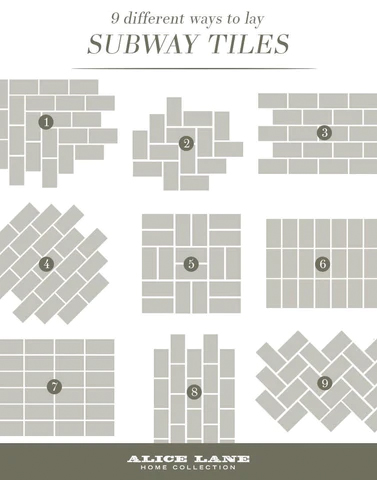
Their irregularities are the distinctive features that make them special and create unique, timeless environments.
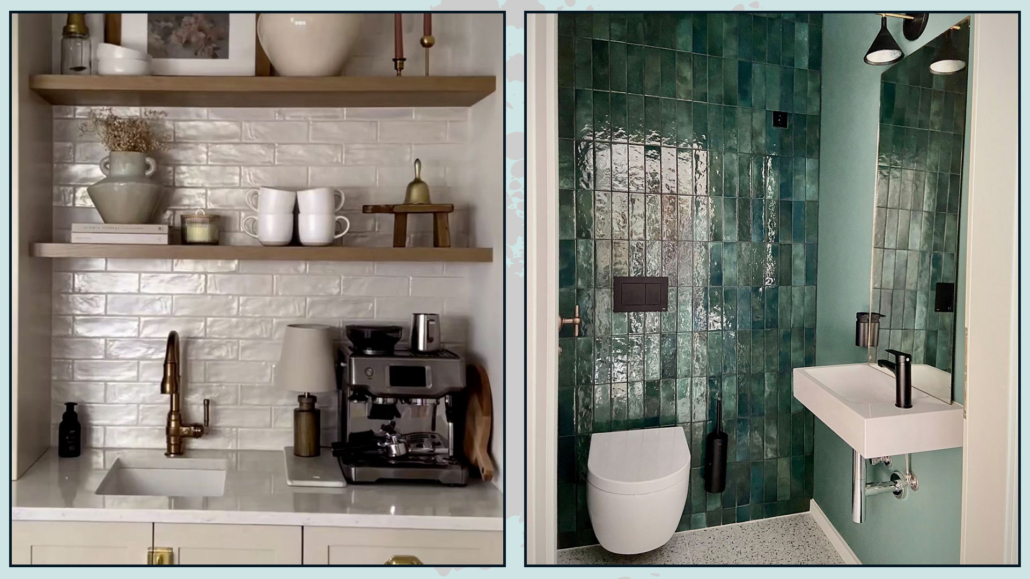
(credits: amyepeters; zweidesign)
– IRREGULAR-SHAPED RUGS
In recent years, organic shapes have become highly trendy (and continue to be), and this trend has extended to rugs as well.
You’ll find many rugs with unique shapes that serve as decorative accents in various spaces.
They are undoubtedly distinctive and, at times, playful, often used in expansive areas.
However, be cautious of nearby elements; the risk of creating chaotic environments is around the corner!
For consistent and harmonious spaces, other elements should have similar characteristics.
They pair well with furniture, especially sofas and armchairs, featuring organic shapes!
However, their irregular shape might make it challenging to arrange furniture uniformly.
For this reason, if you like these rugs, I’d suggest using them in small doses, perhaps in an entryway or to create a unique reading/relaxation nook.
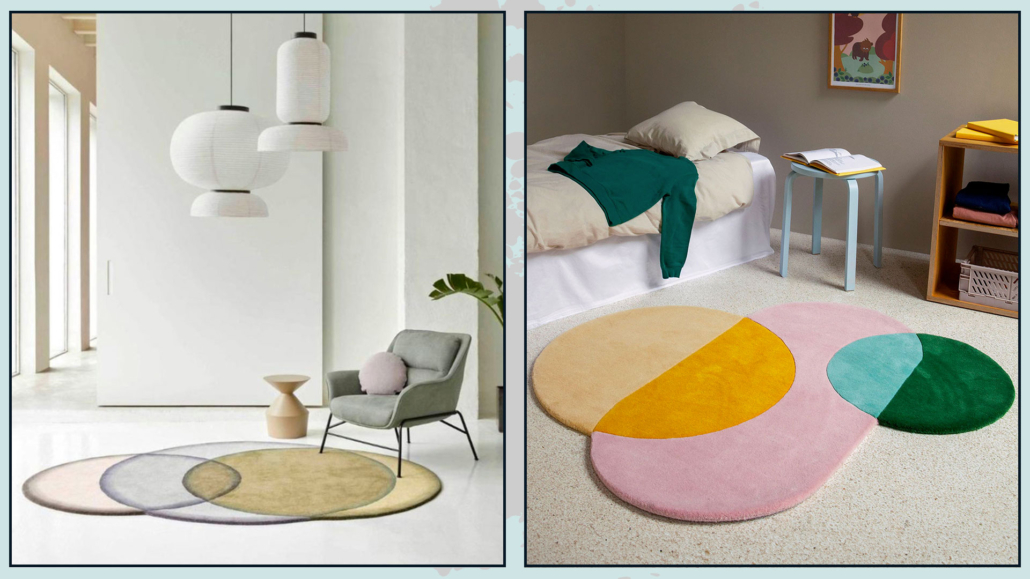
(credits: tapis-studio.com;etsy.com)
– VINTAGE
With increased attention to sustainability, there’s also been a growing focus on the materials used in homes, leading to a rise in utilizing used and vintage furniture.
That trend we’ll see quite a bit in 2024, as it allows individuals to step away from the market of mass-produced industrial furniture and acquire unique and original pieces.
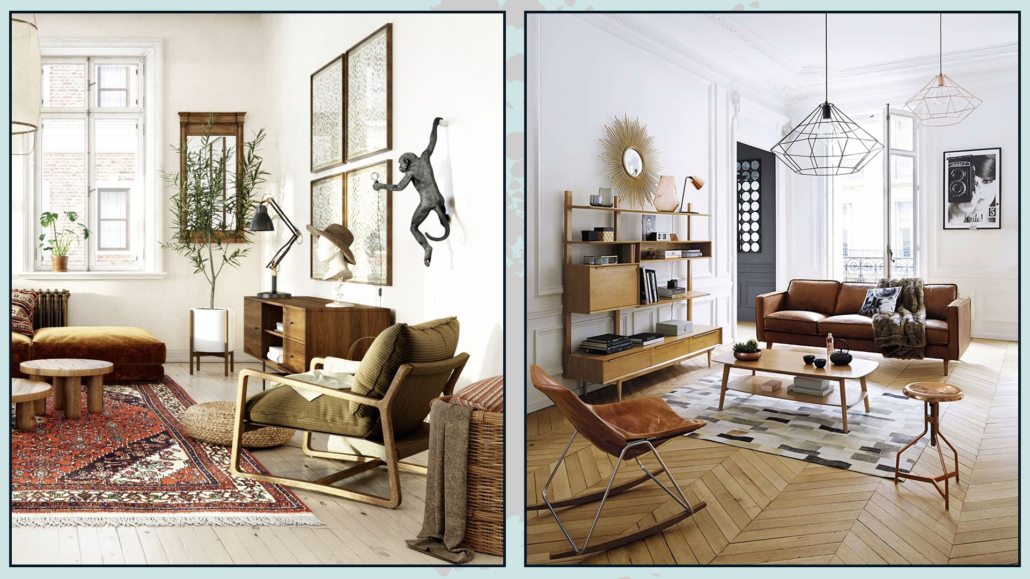
(credits: anthologycreatives.com; maisons du monde)
– BIO DESIGN
As mentioned earlier, there’s a greater emphasis on sustainability and nature.
We will witness increasingly sustainable homes with the use of natural materials, even in furniture and accessories.
That not only allows us to contribute positively to the environment but also to breathe “cleaner” air and let energy flow more freely in our spaces.
The growing desire for a connection with nature means we’re bringing more of it into our homes!
The inclusion of plants, water features, and fire elements, in addition to materials and curved shapes, is an actual must.
And if you love a fireplace but don’t have one, I suggest looking at bioethanol fireplaces: they come in various sizes, from purely aesthetic to those capable of heating spaces!
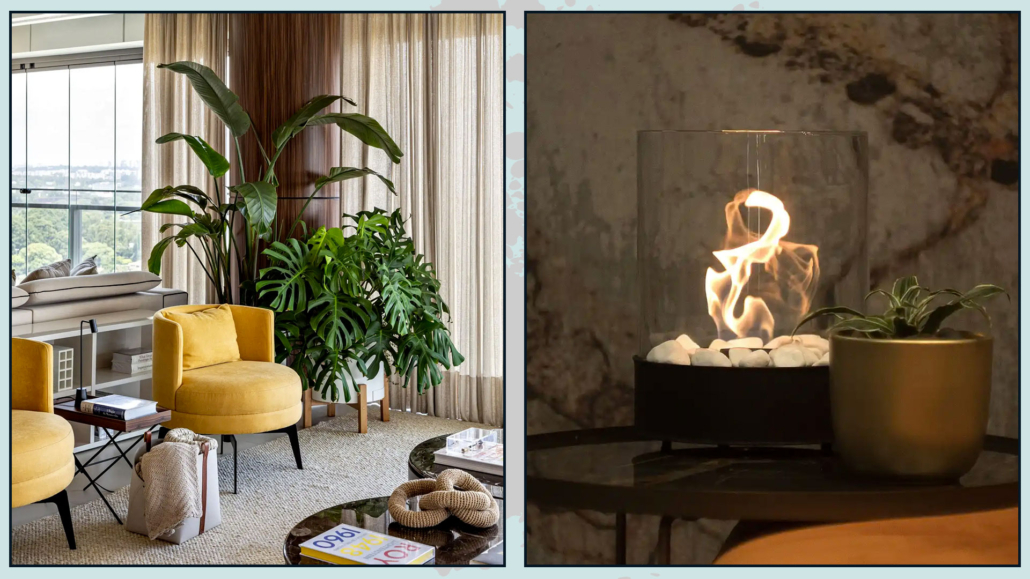
(credits: Studio AG Arquitetura; planikauk.com)
What do you think?
Is there any trend you like and plan to incorporate into your home?
Let me know in the comments!
I hope this article has been helpful and enjoyable for you. If so, let me know in the comments!
Feel free to share it with anyone you think might be interested, I would be honored, and it will help me gain more exposure.
If you feel that your home, or any specific area of it, doesn’t reflect your personality enough, don’t wait any longer and book your consultancy!

